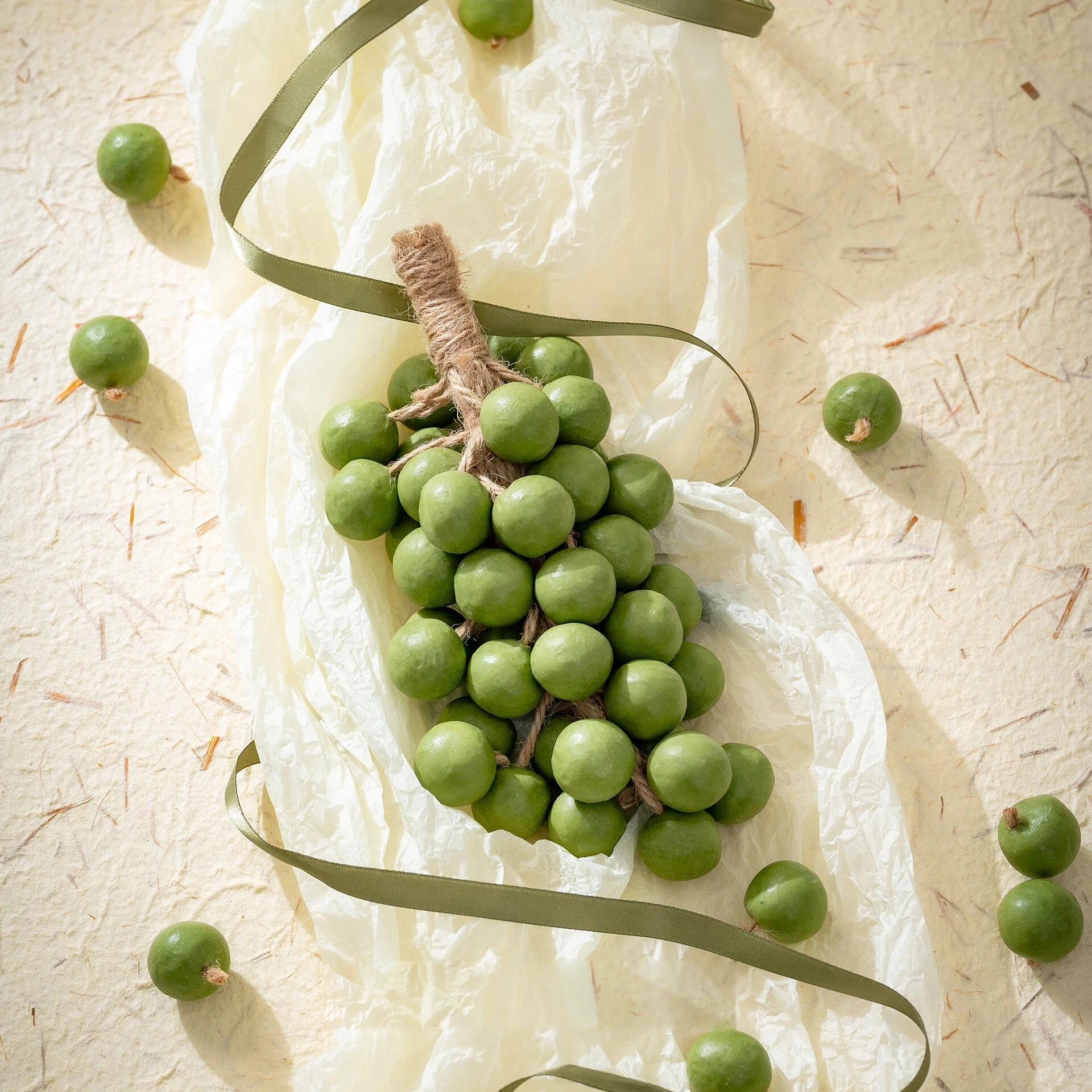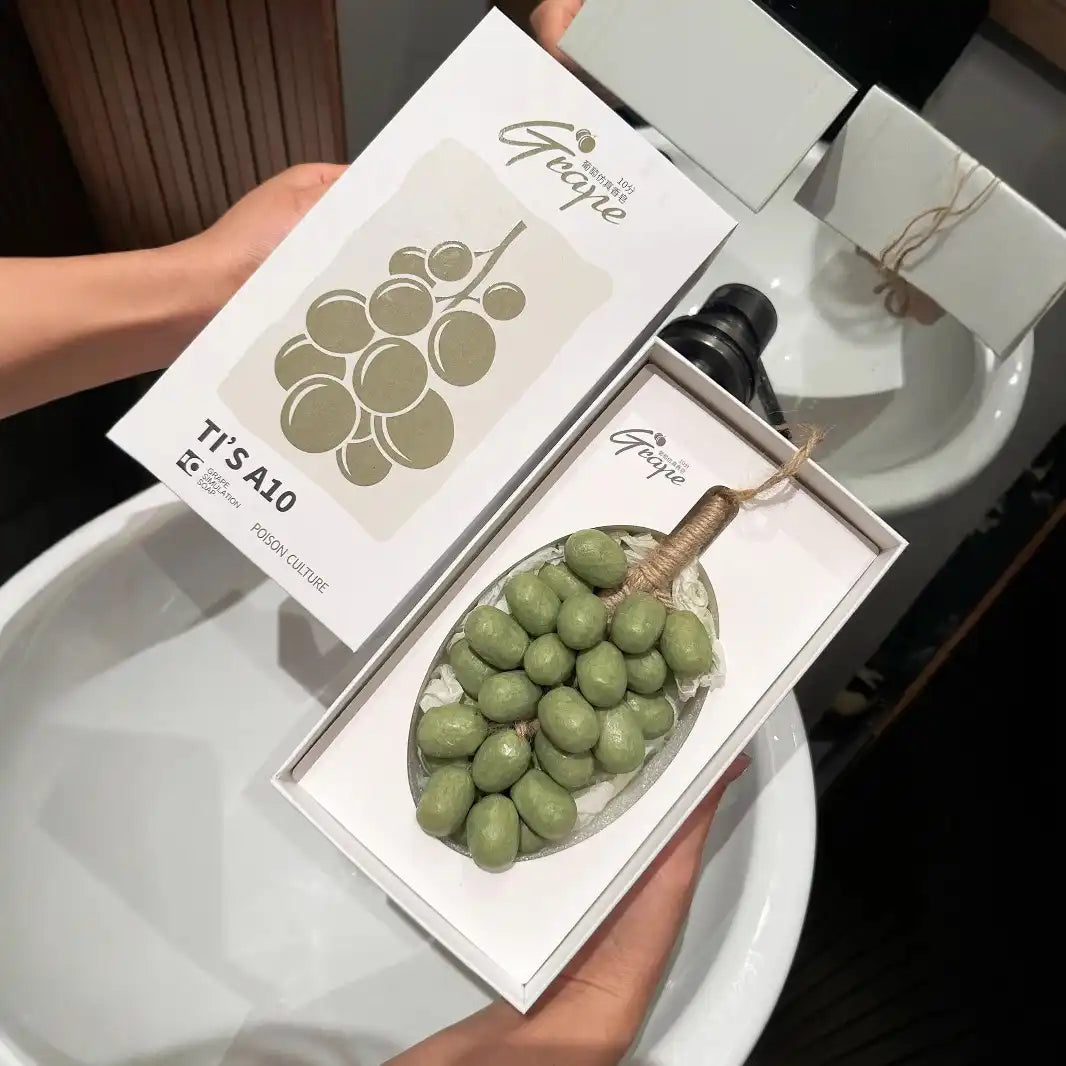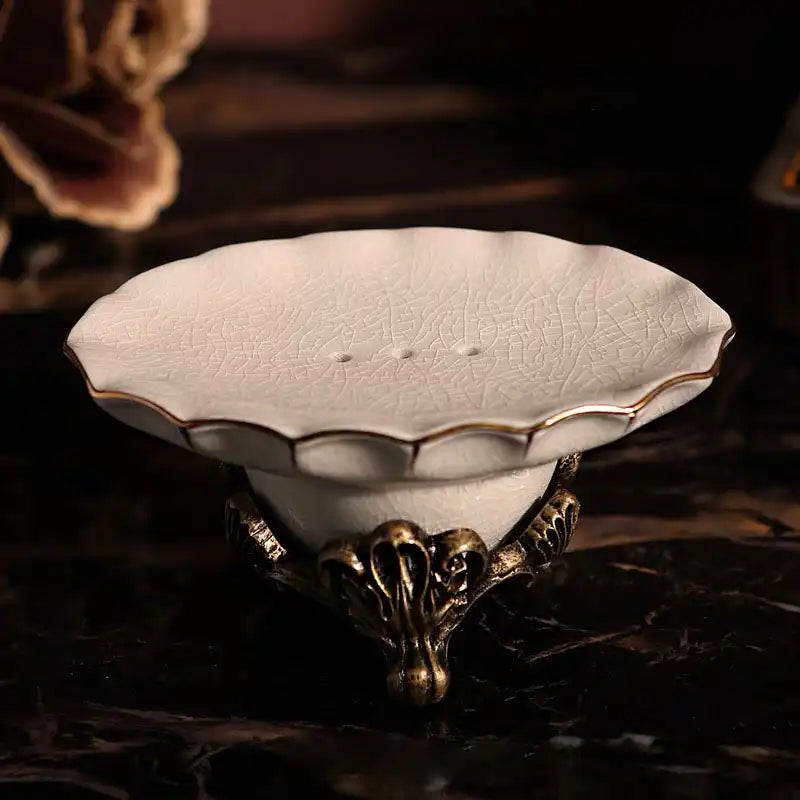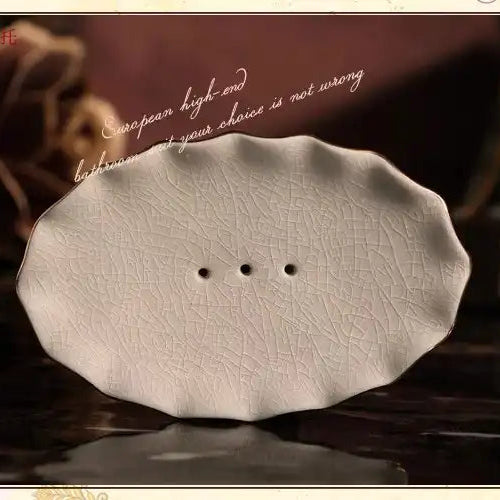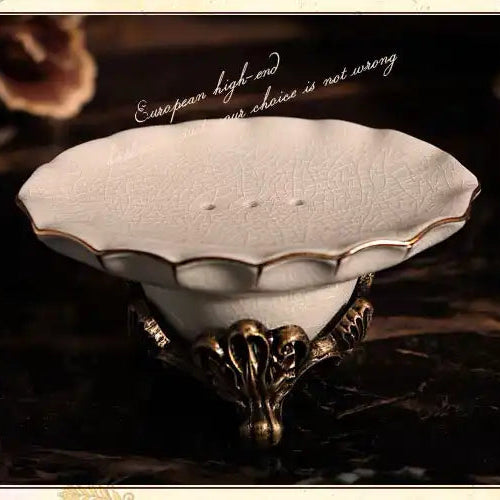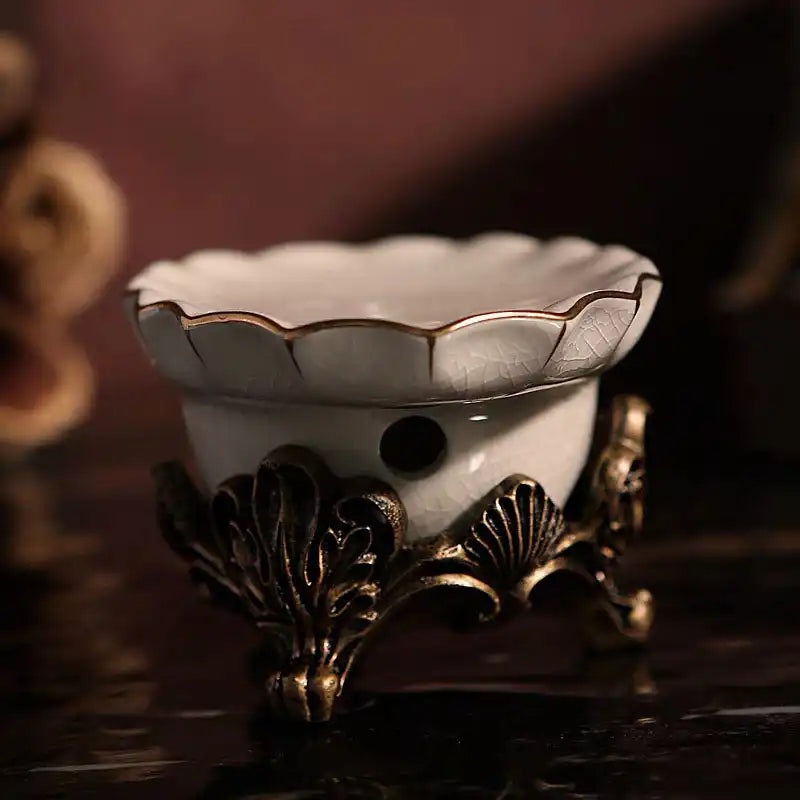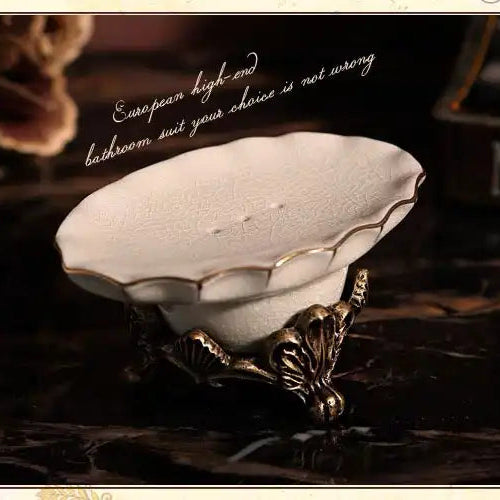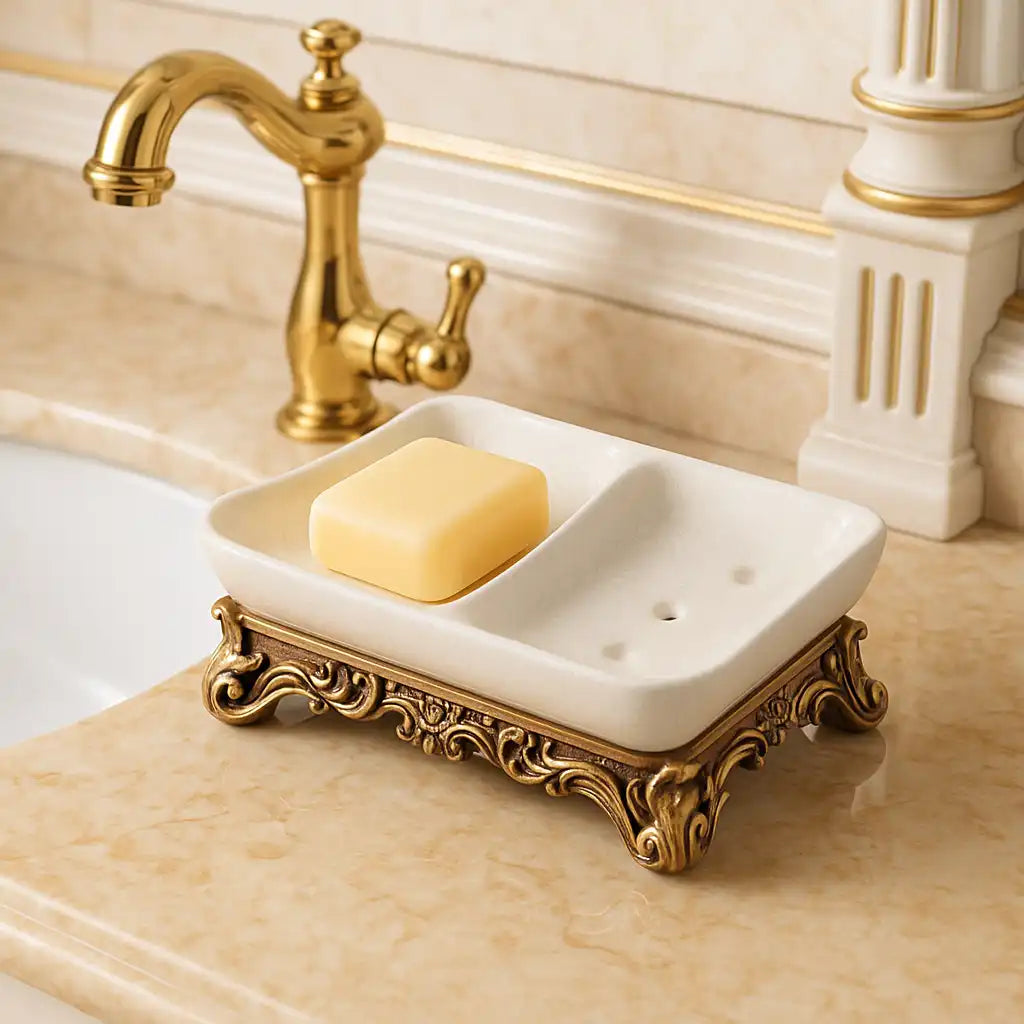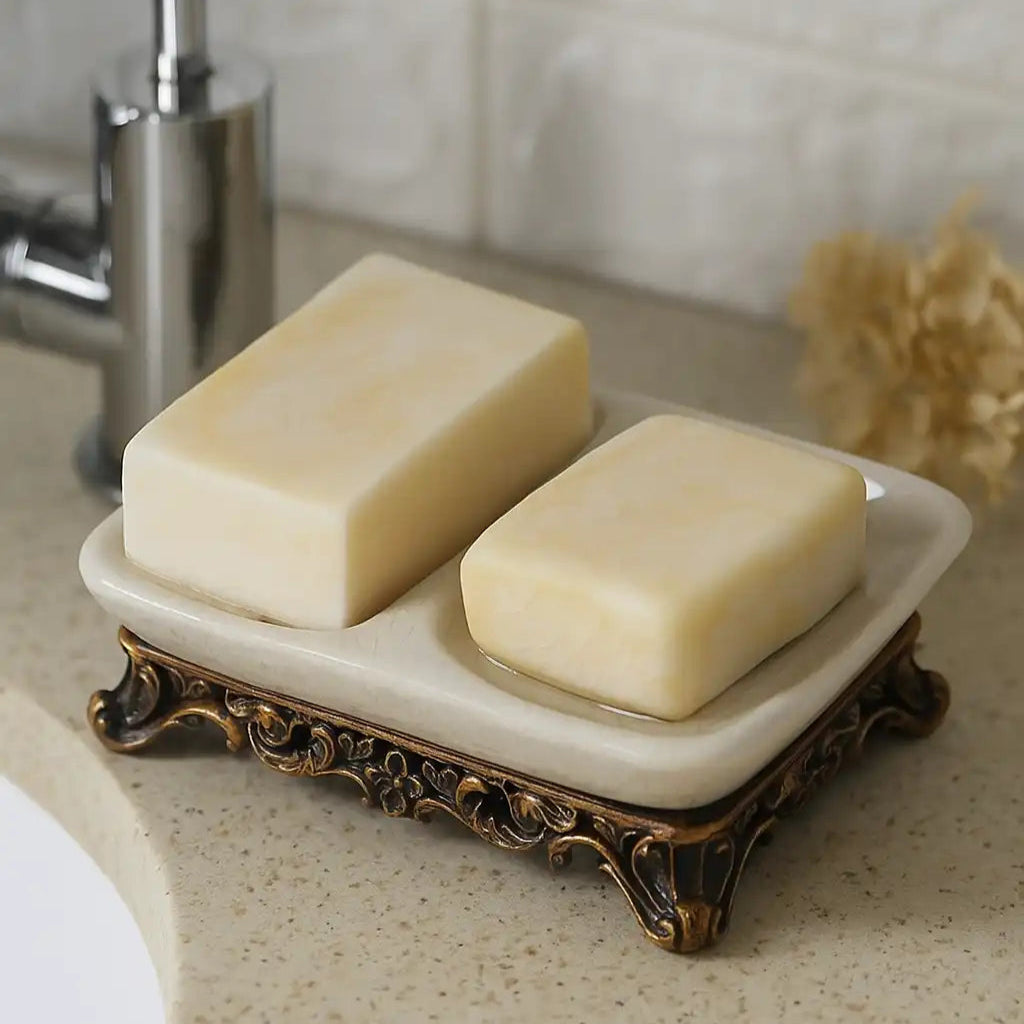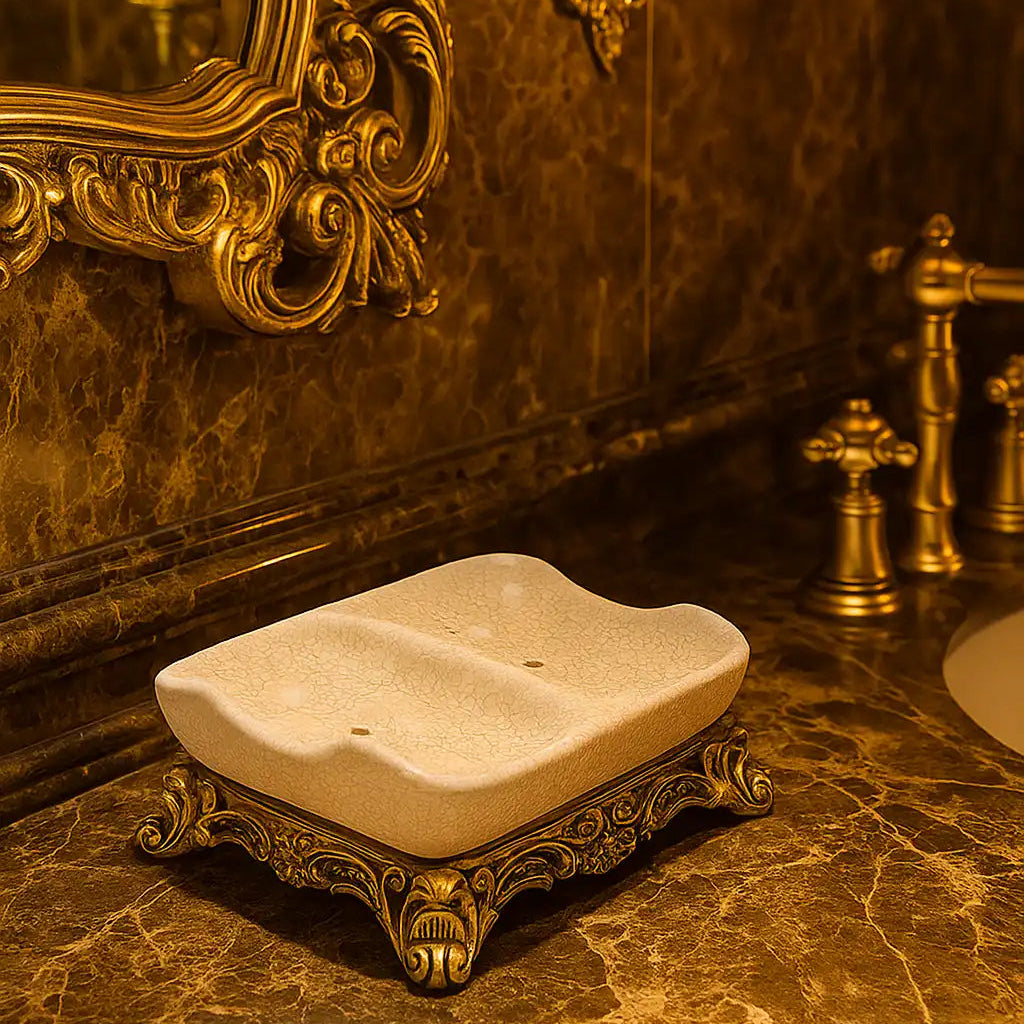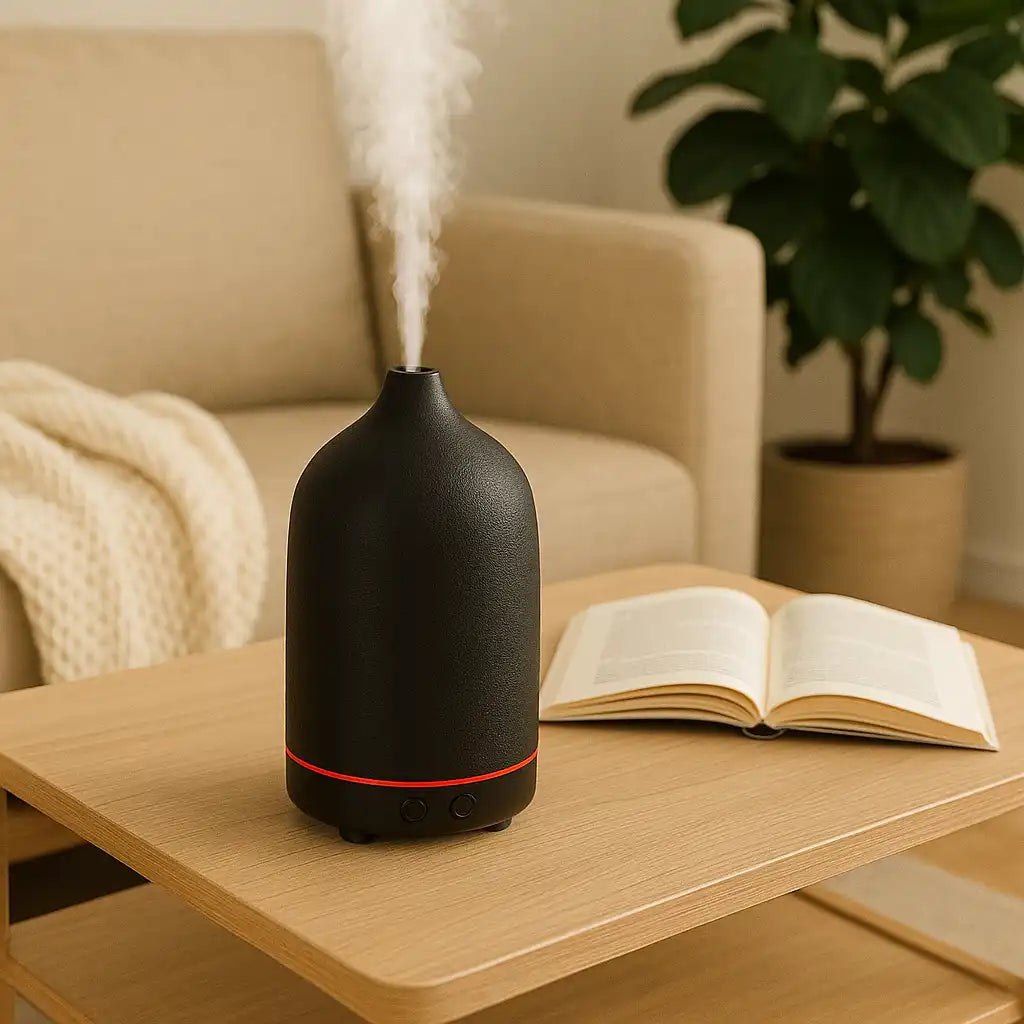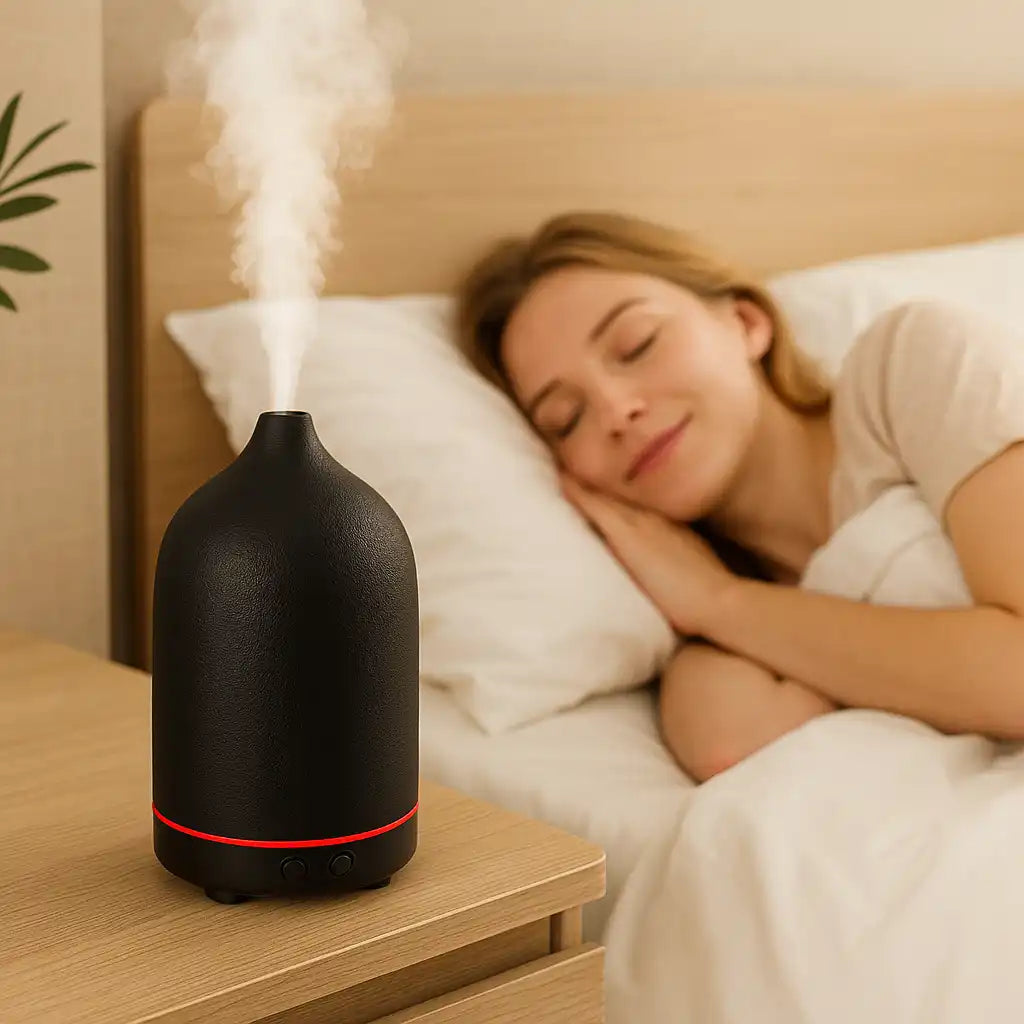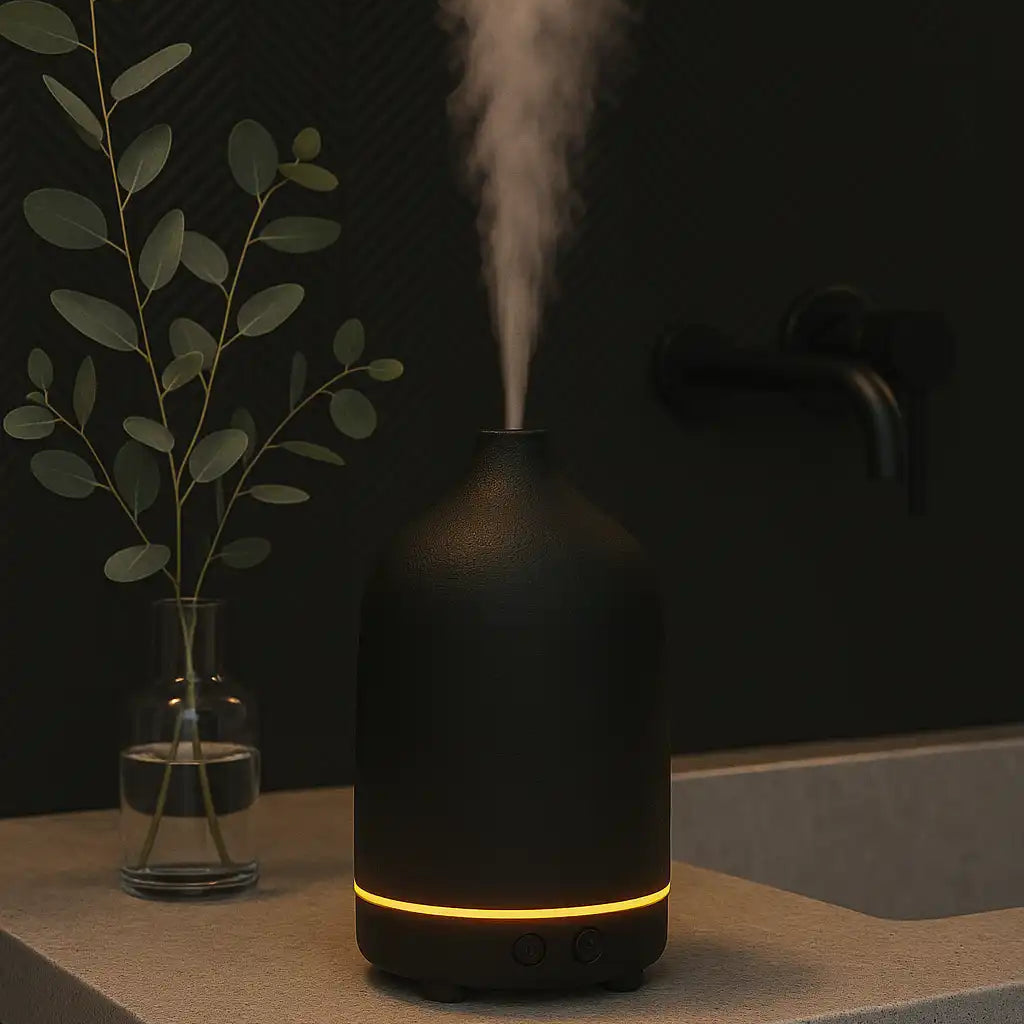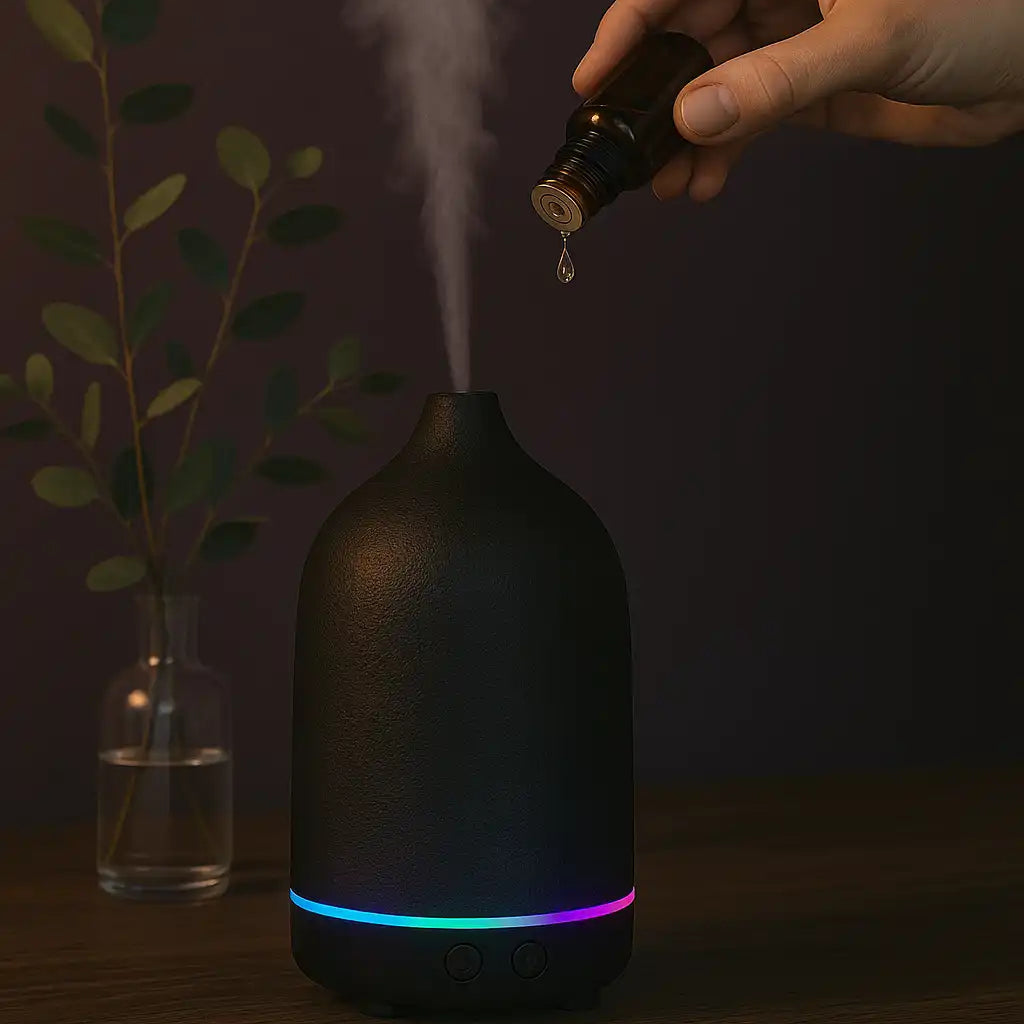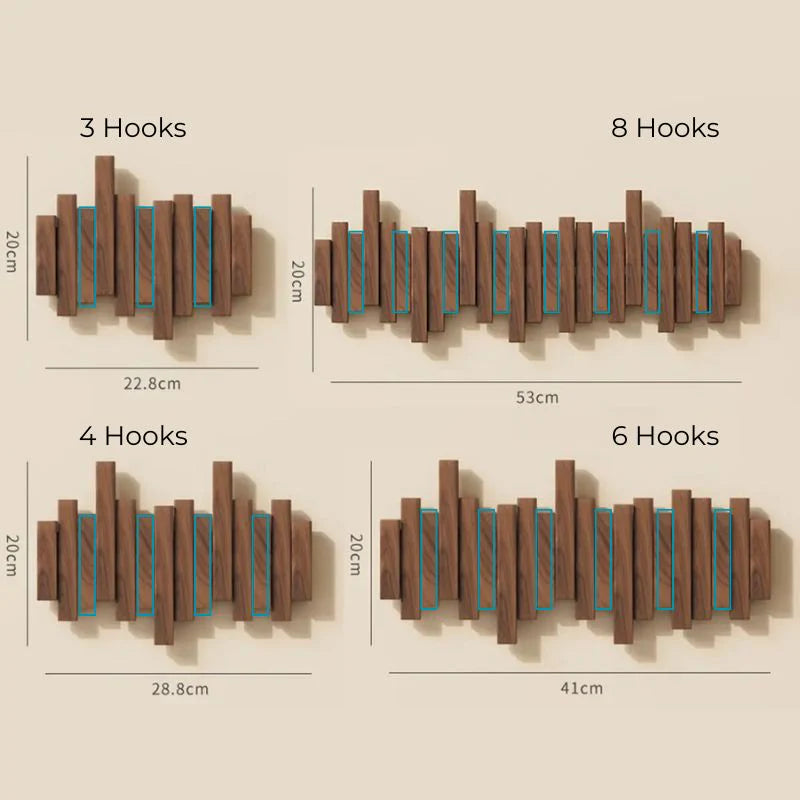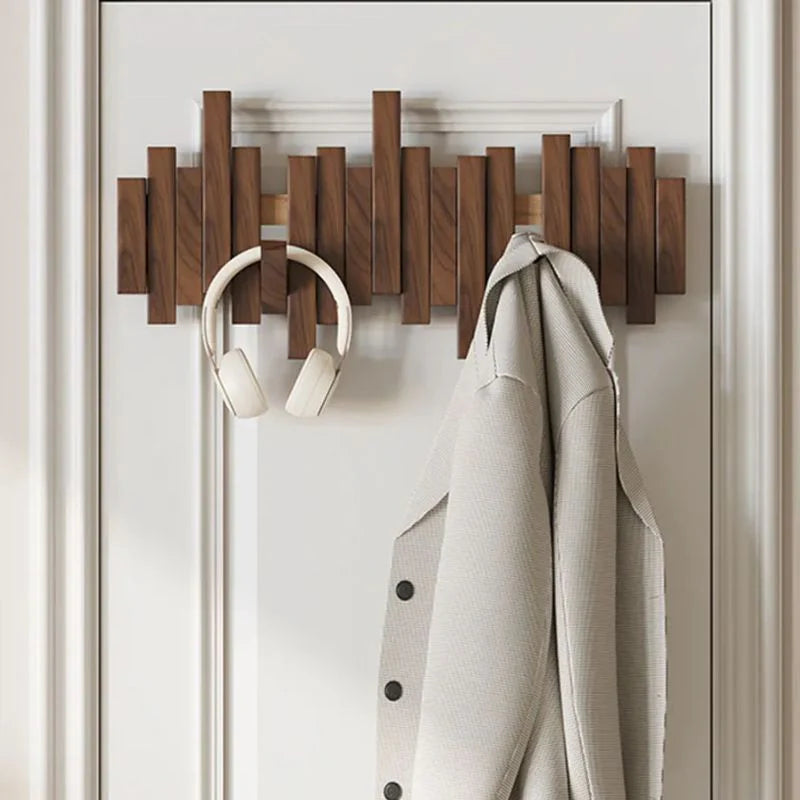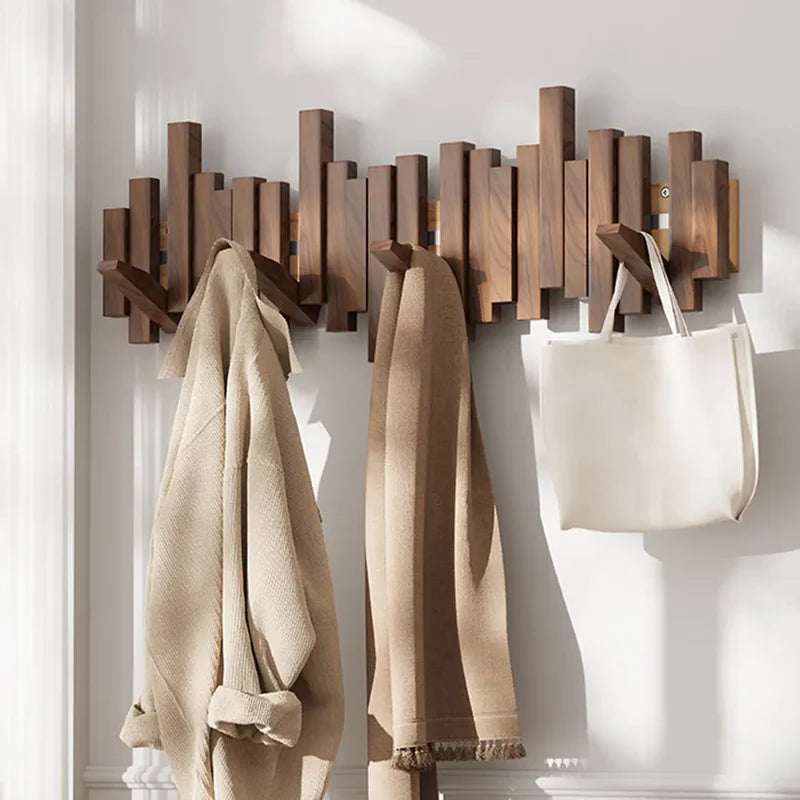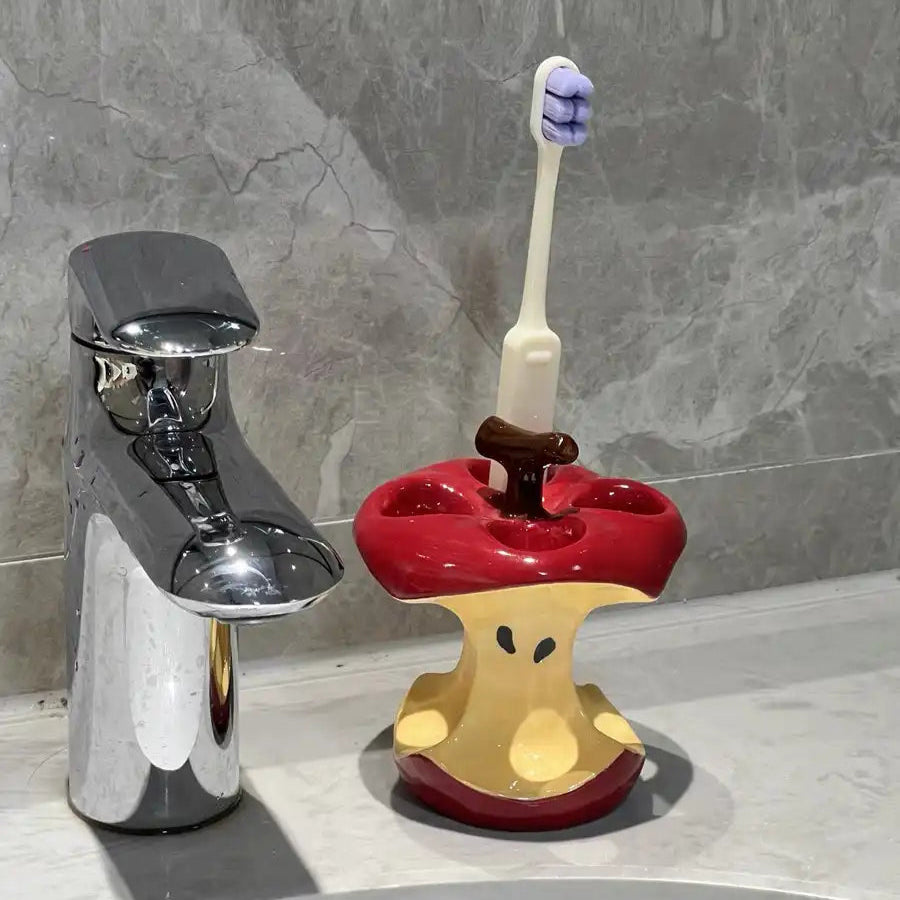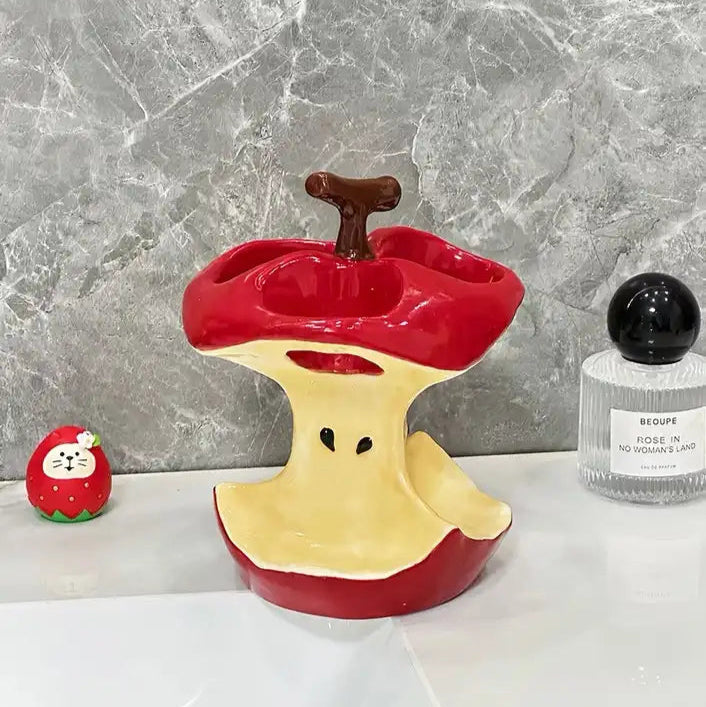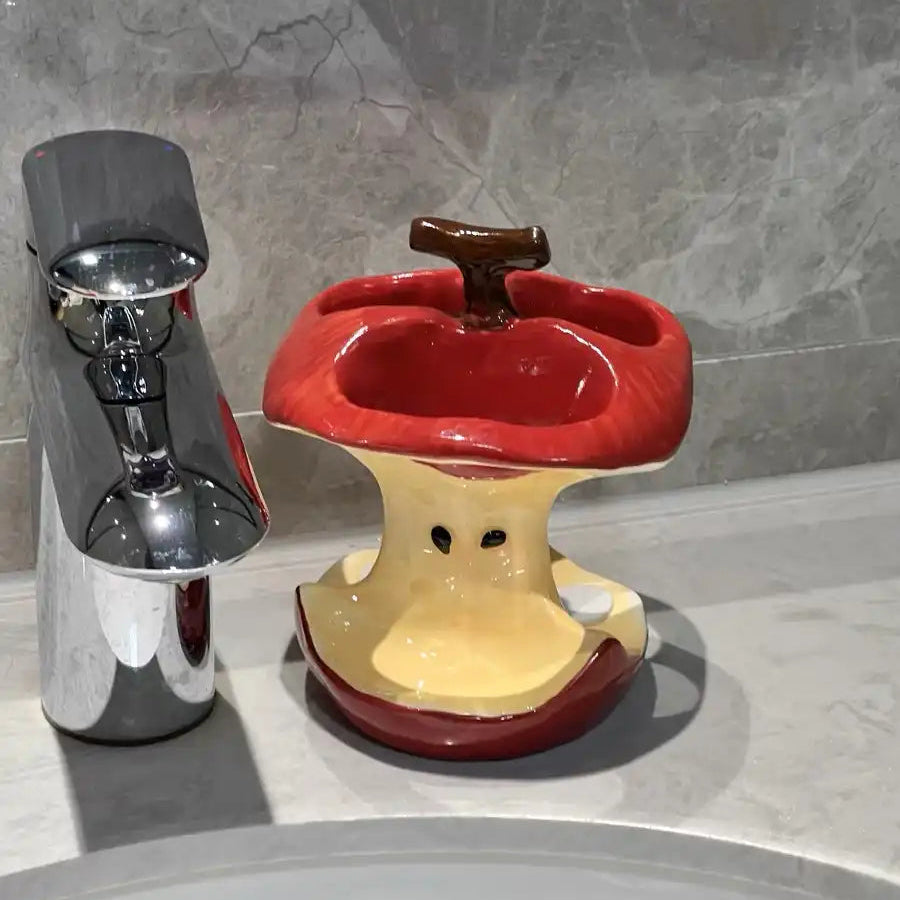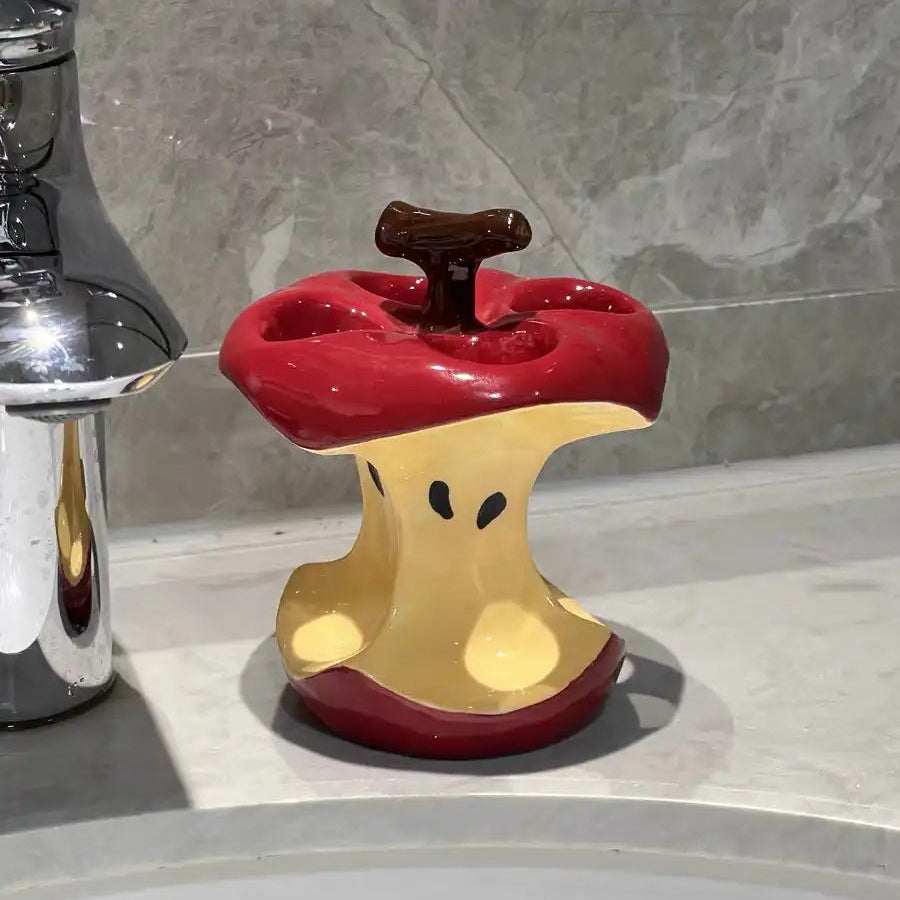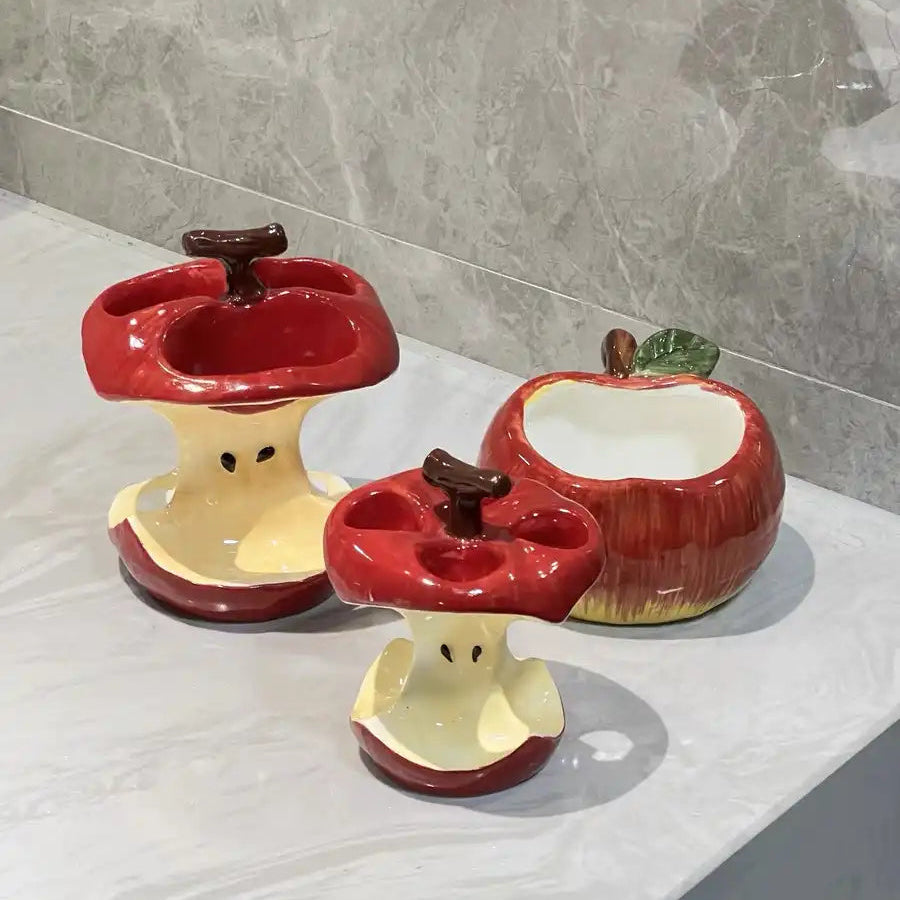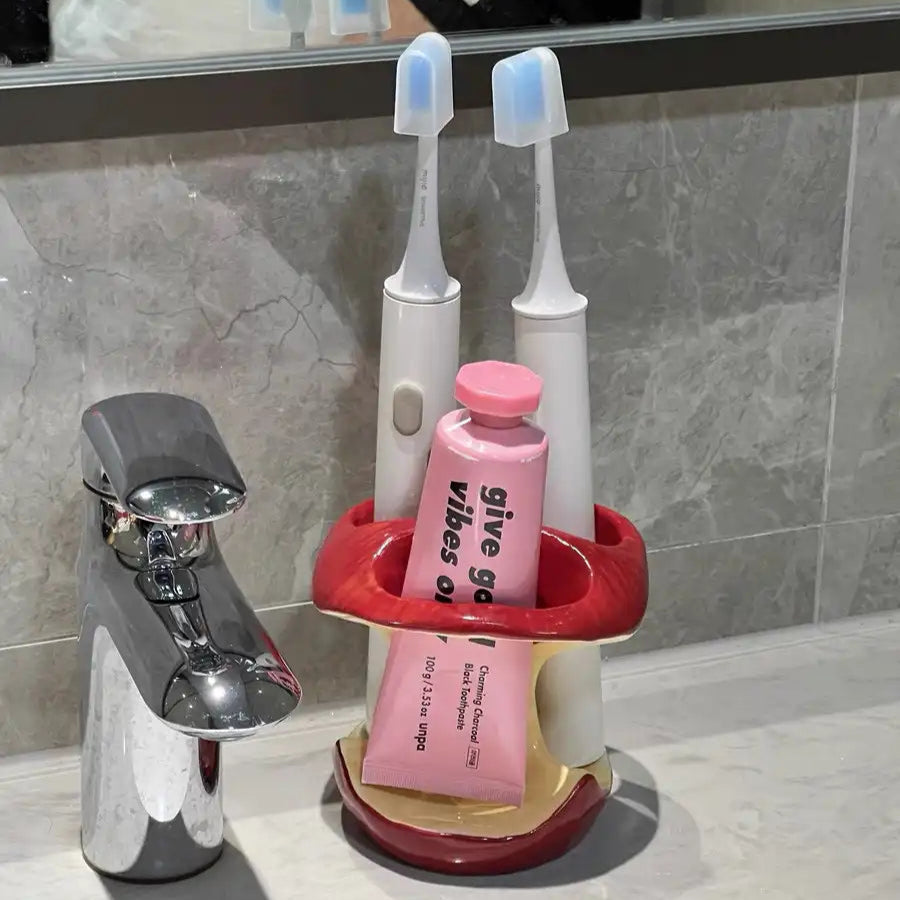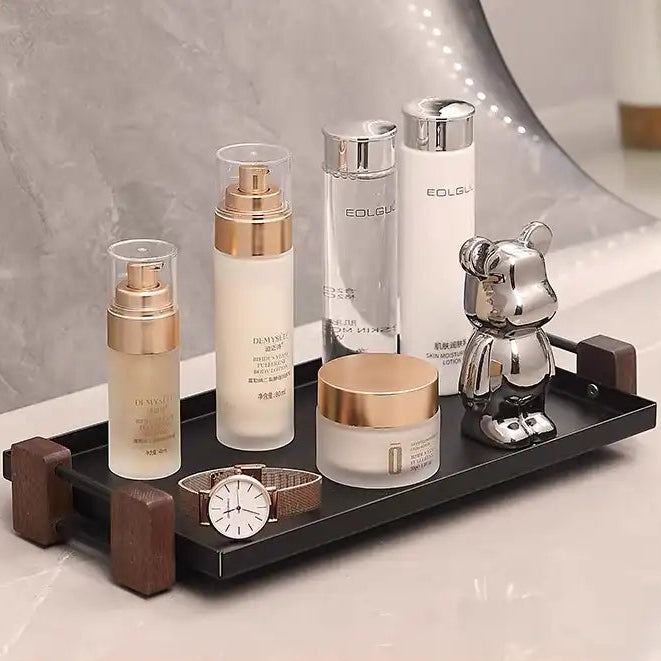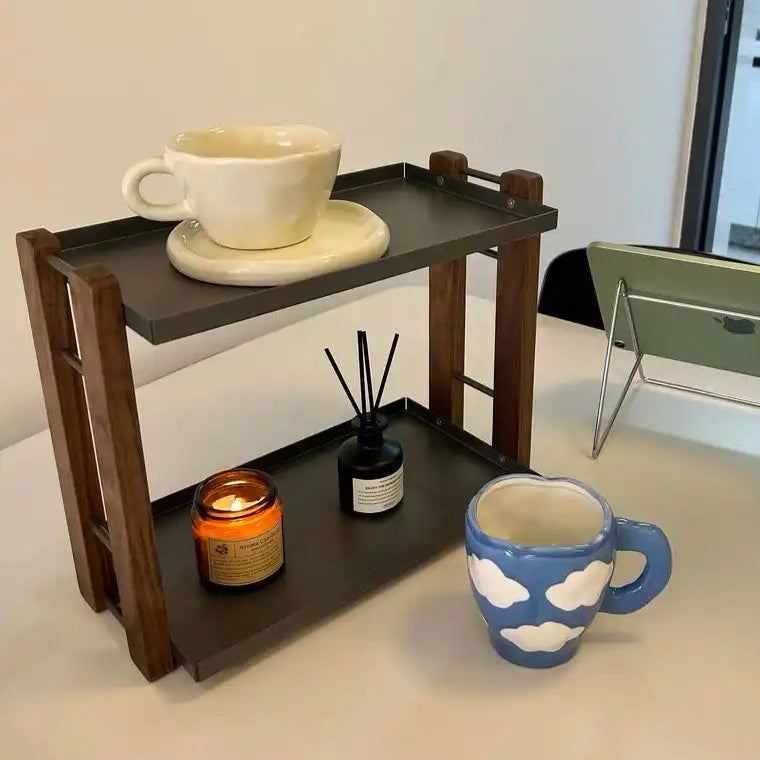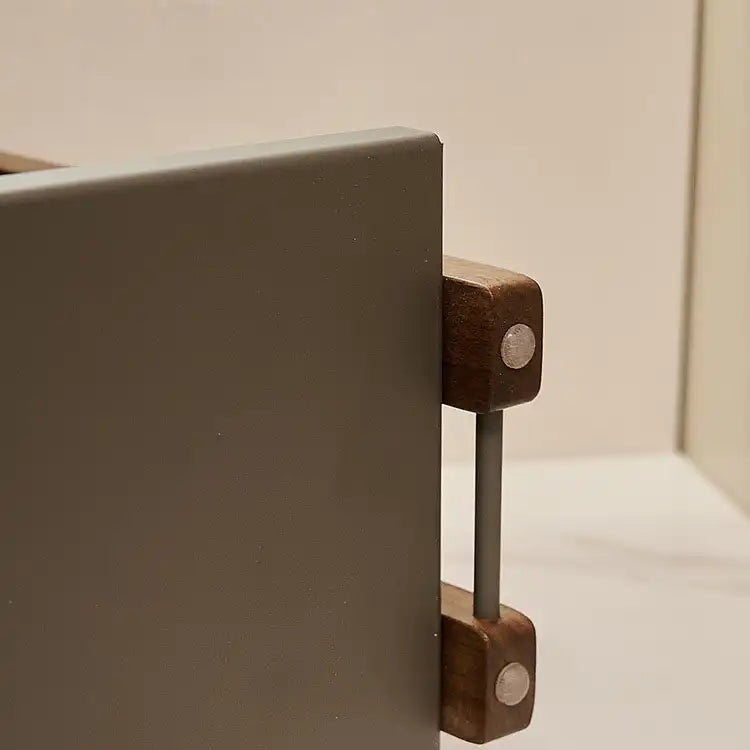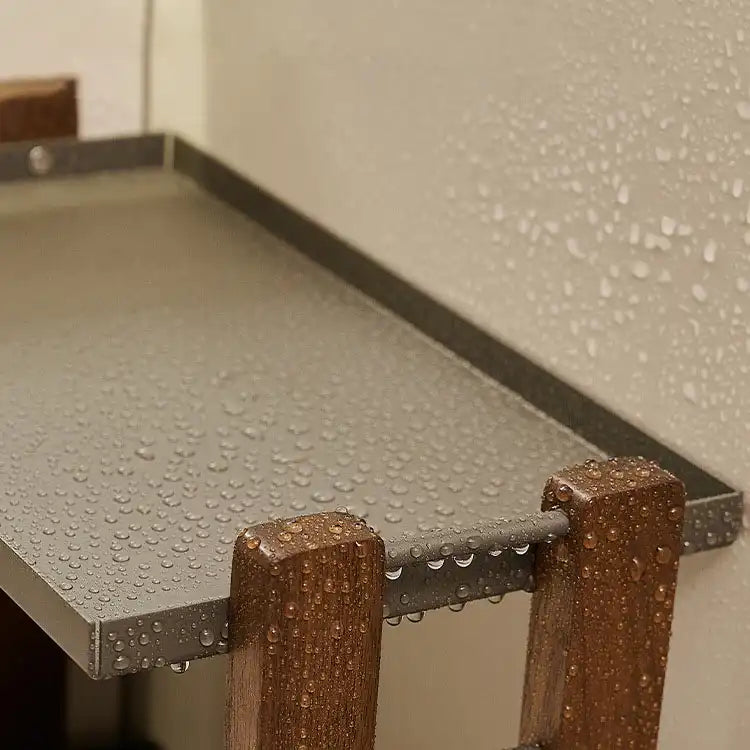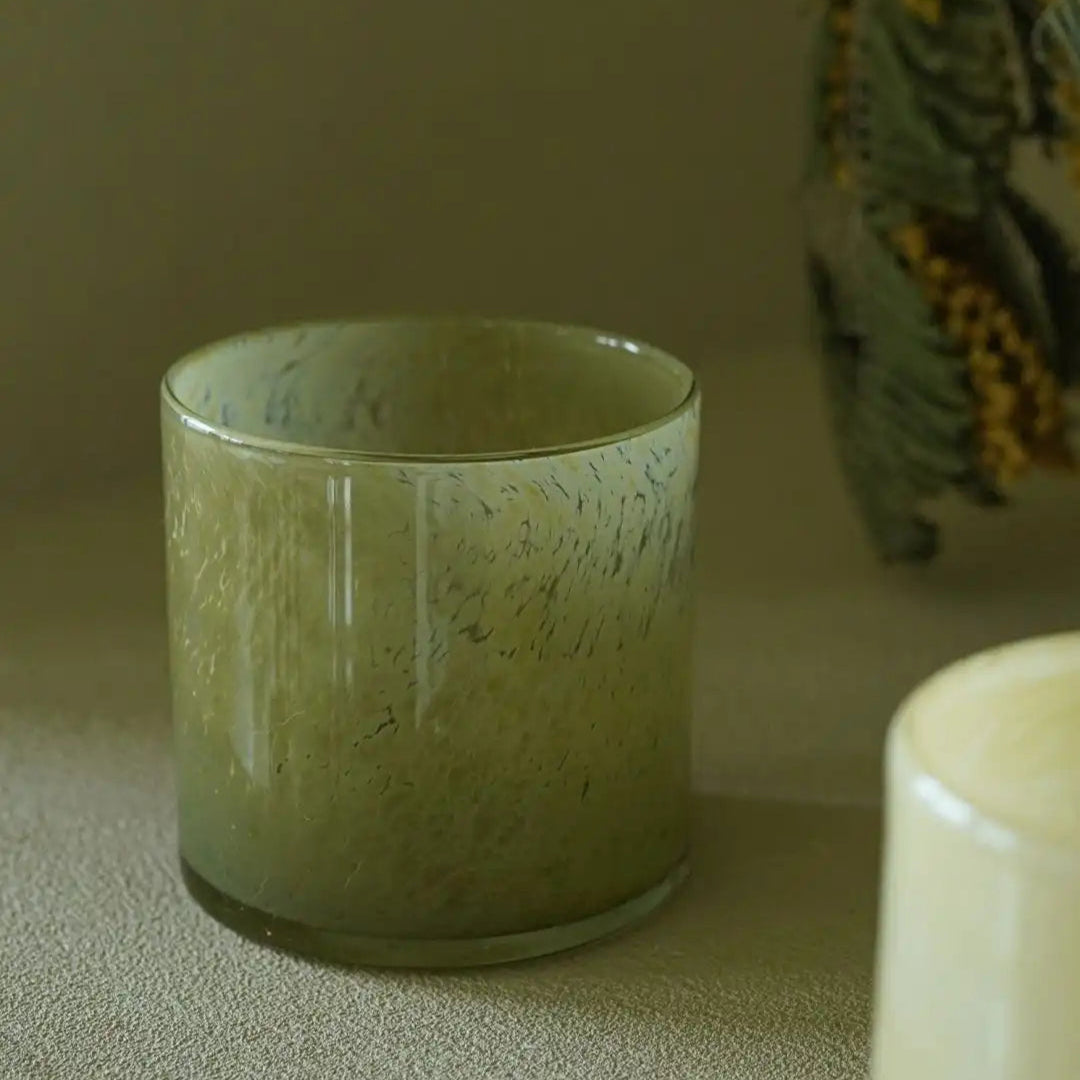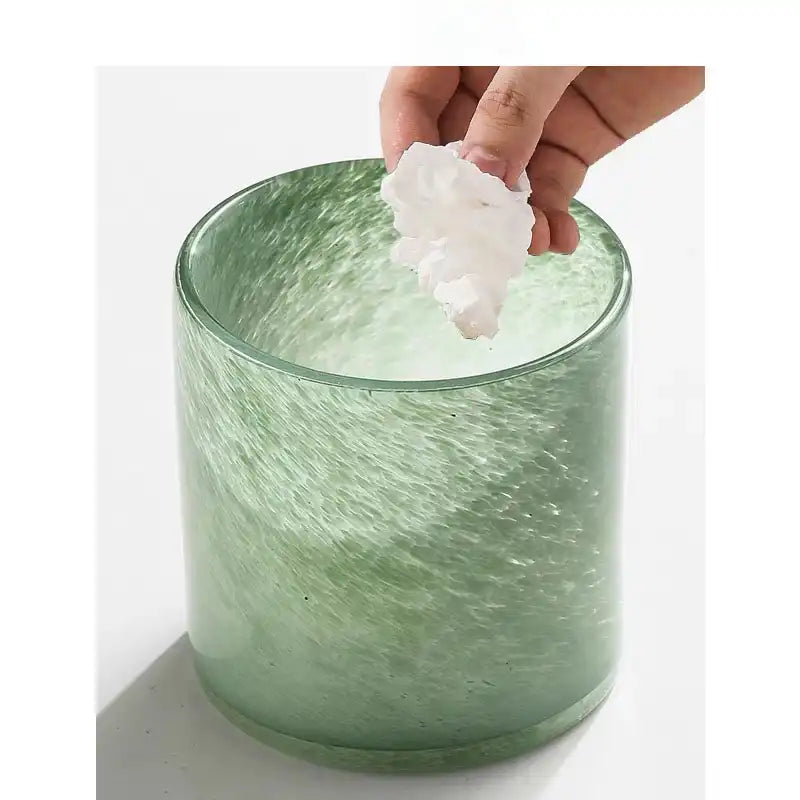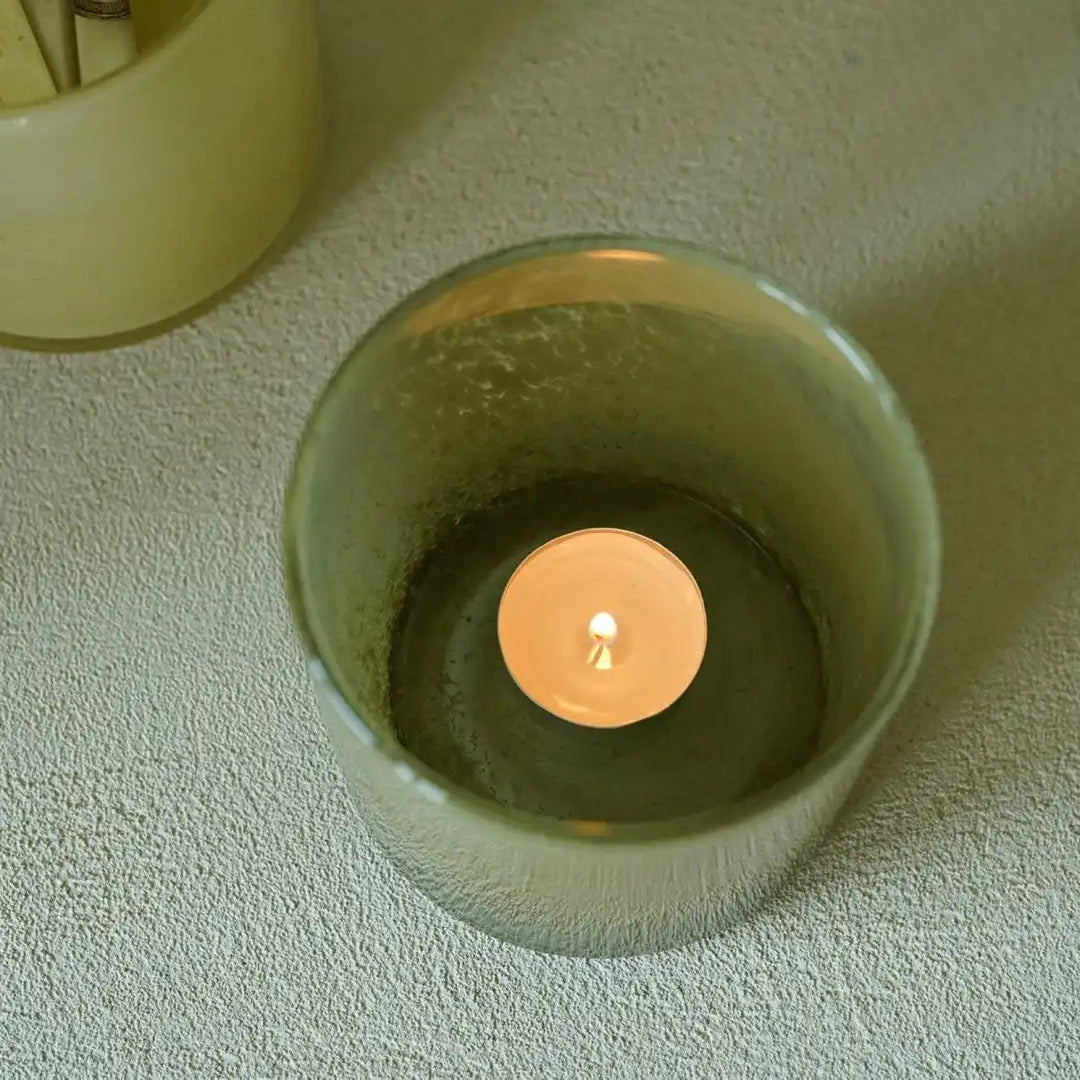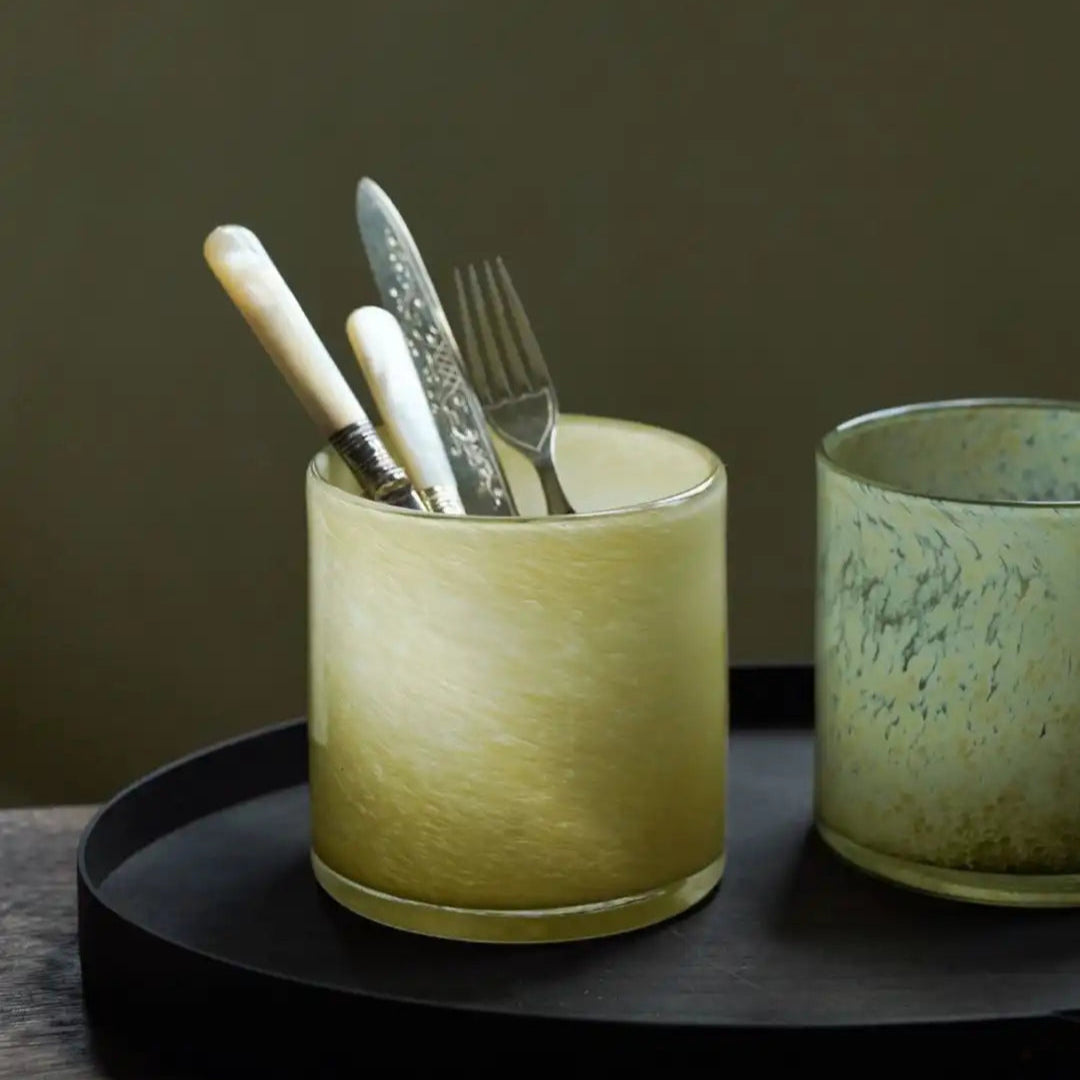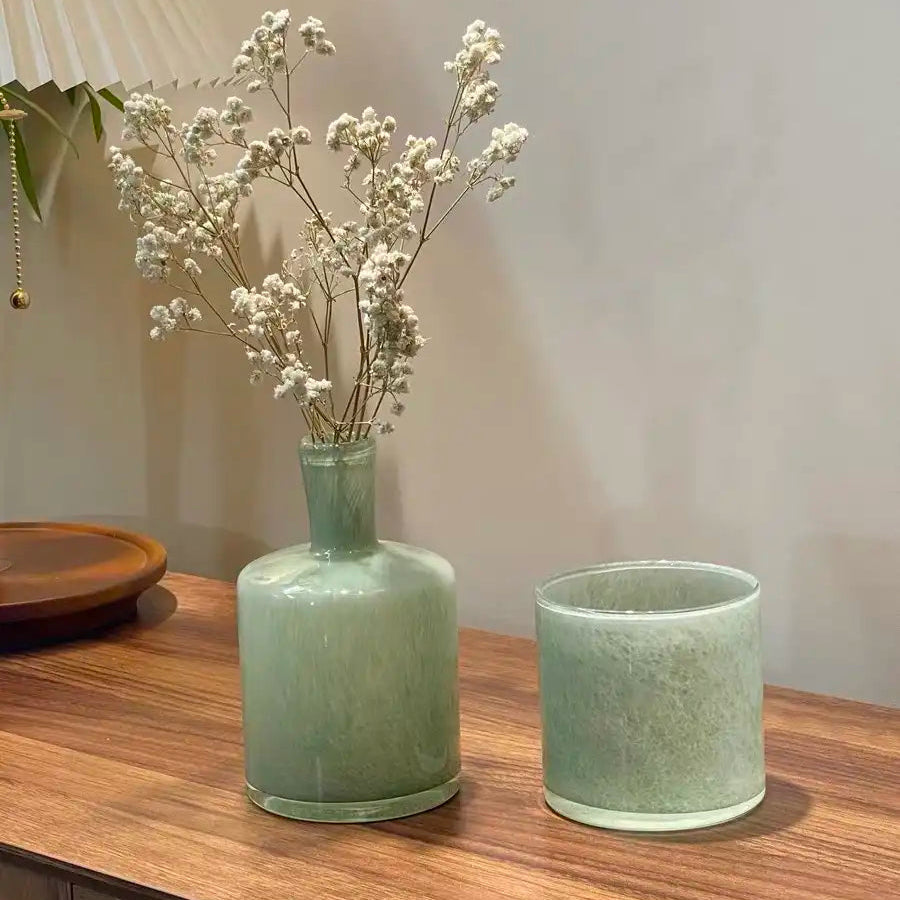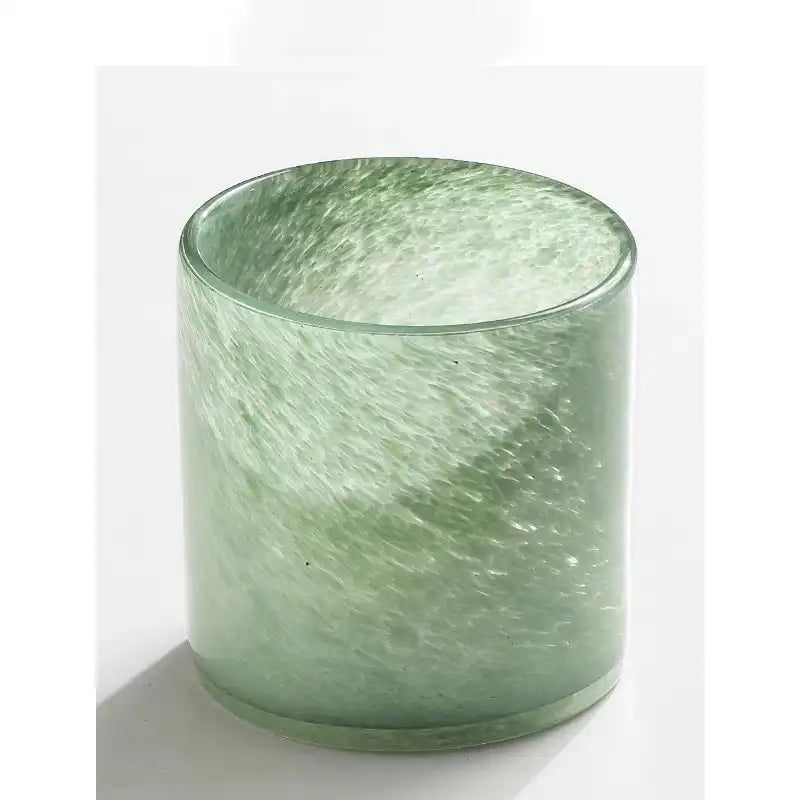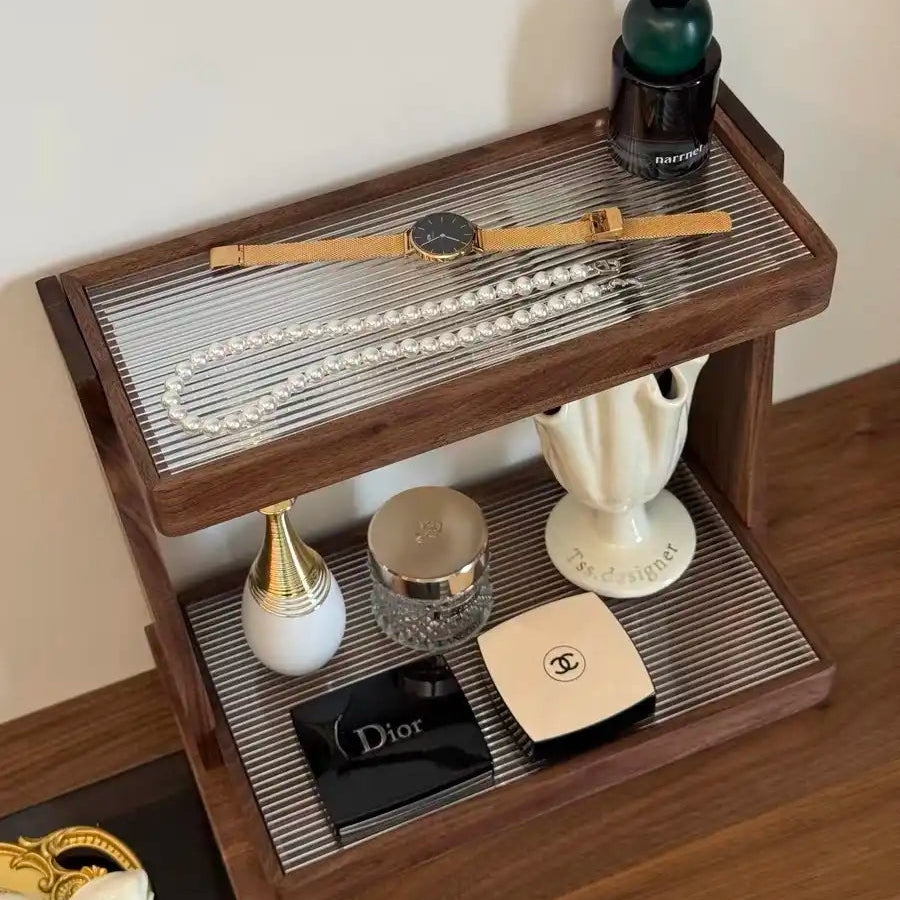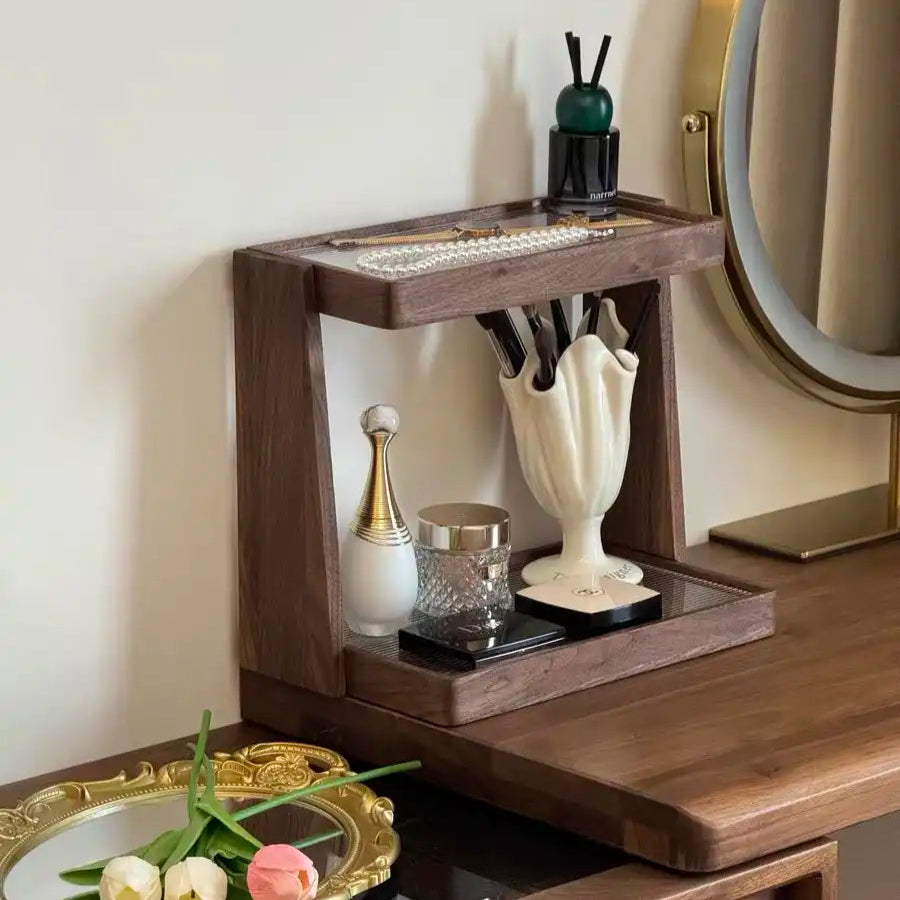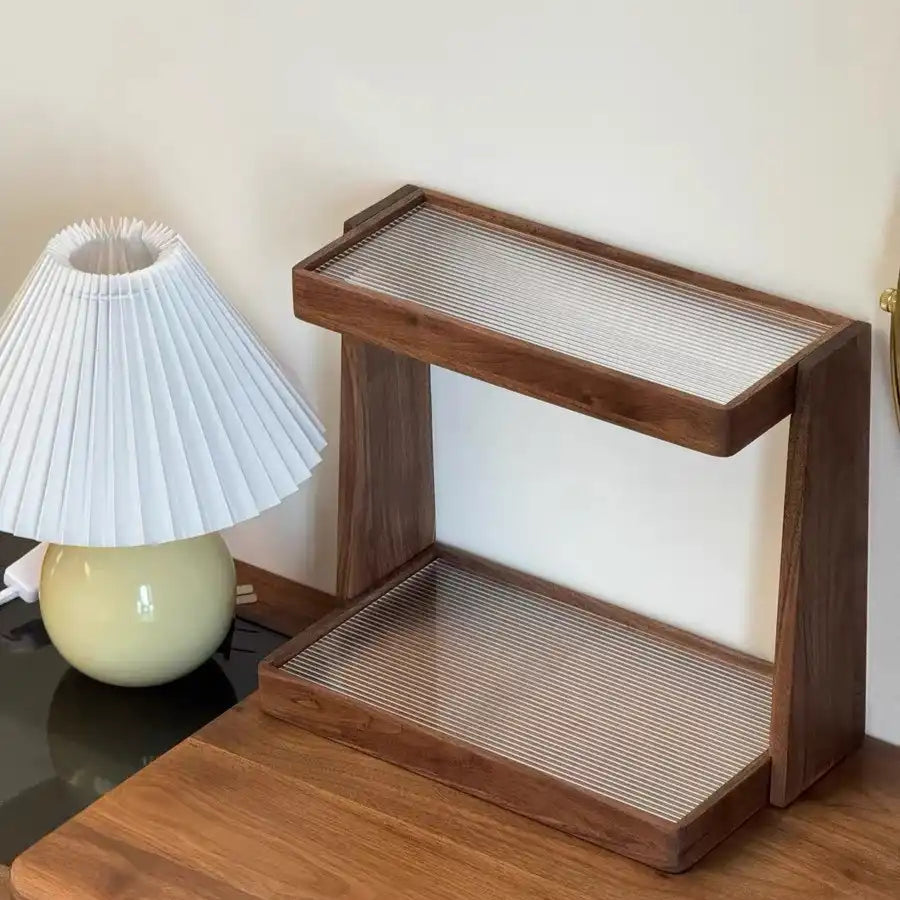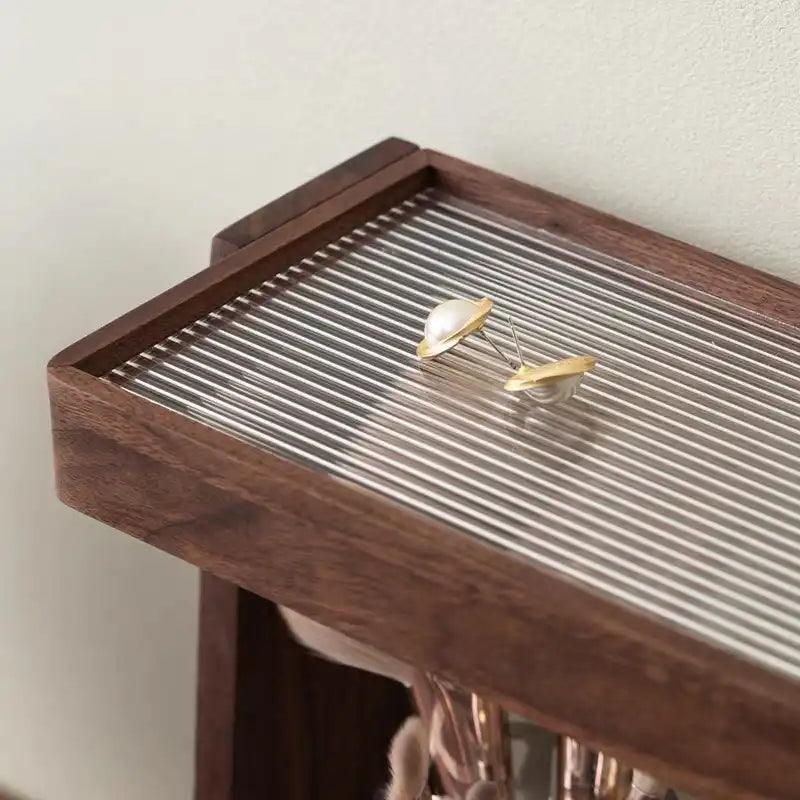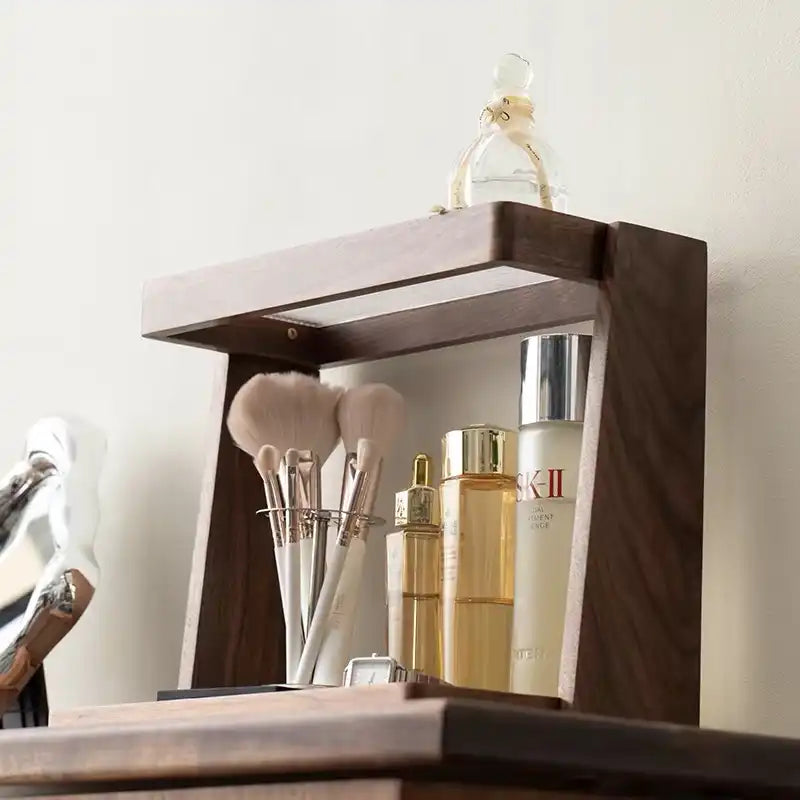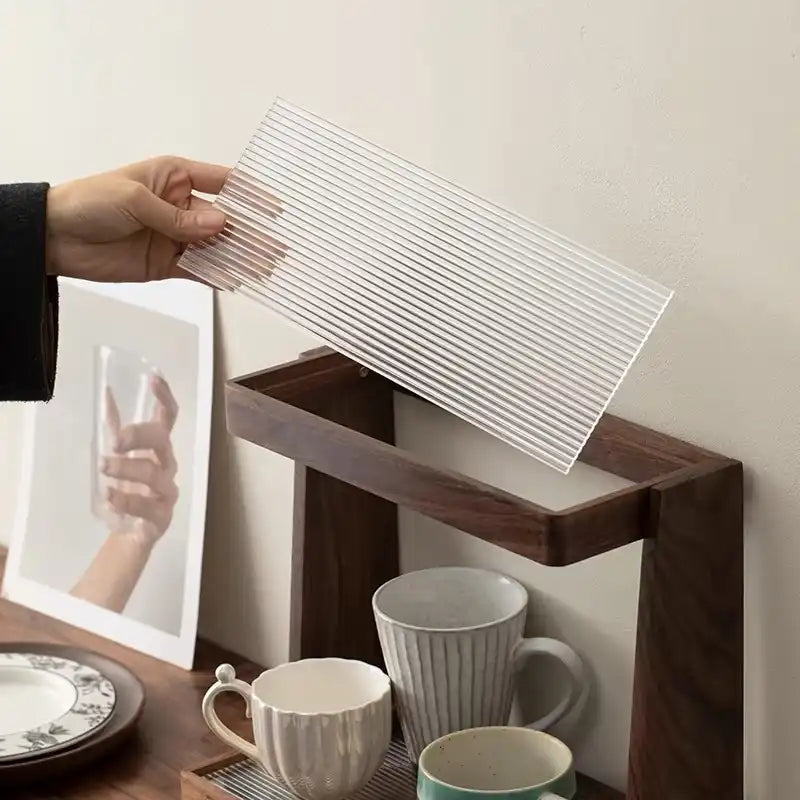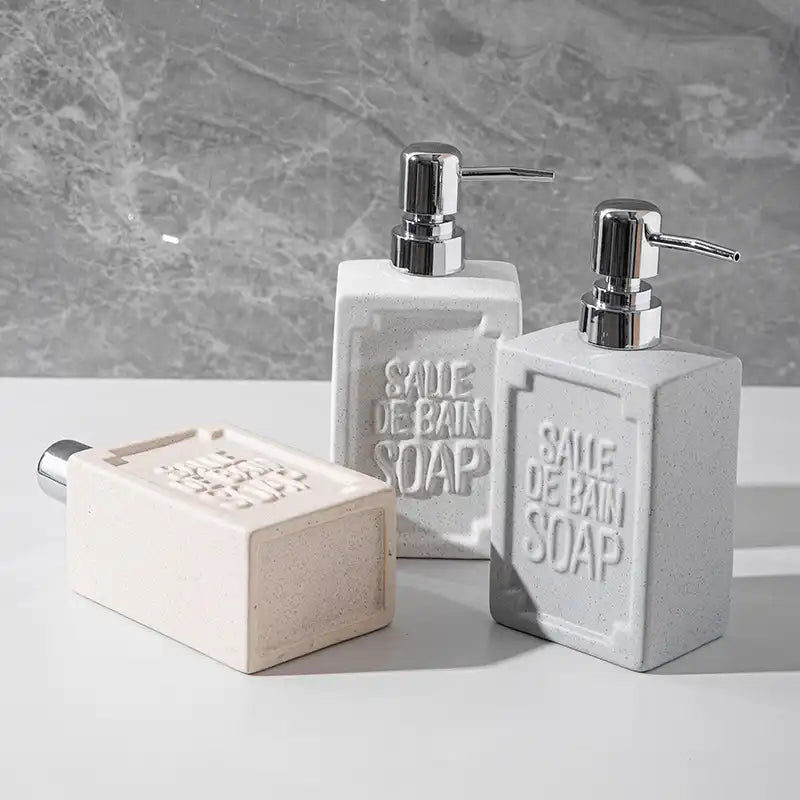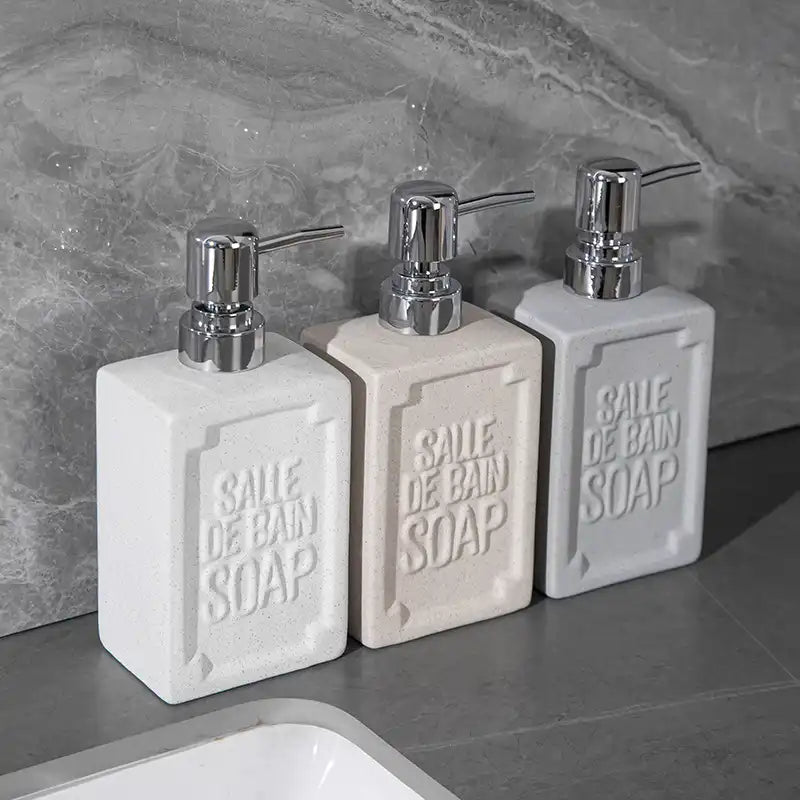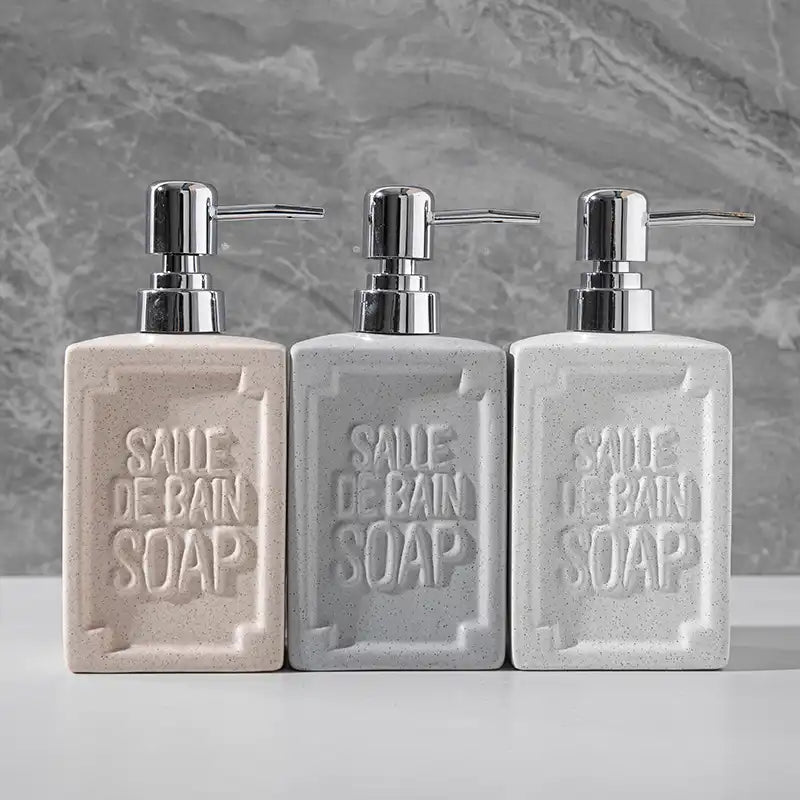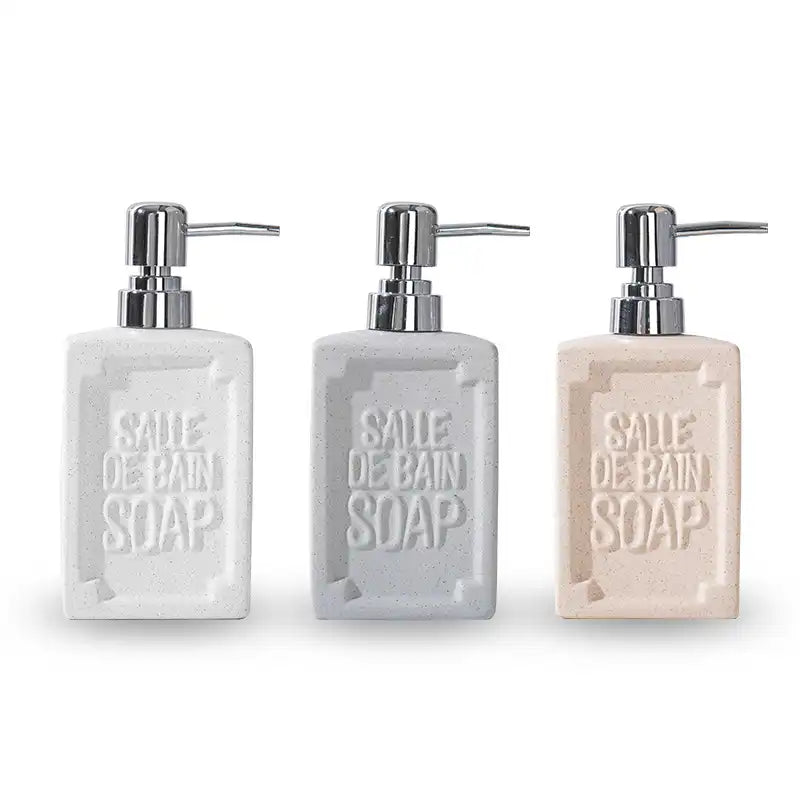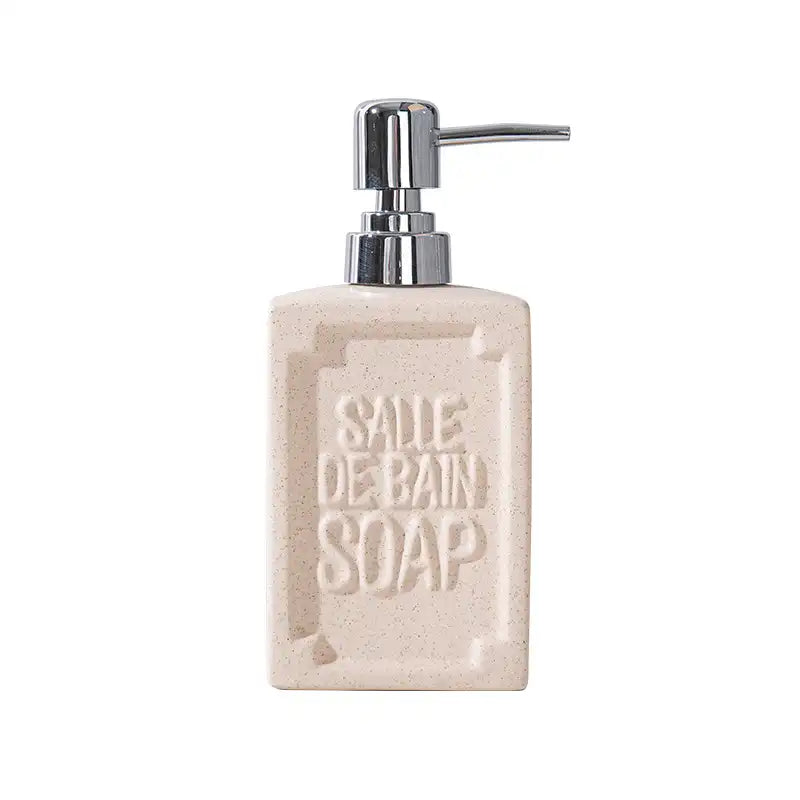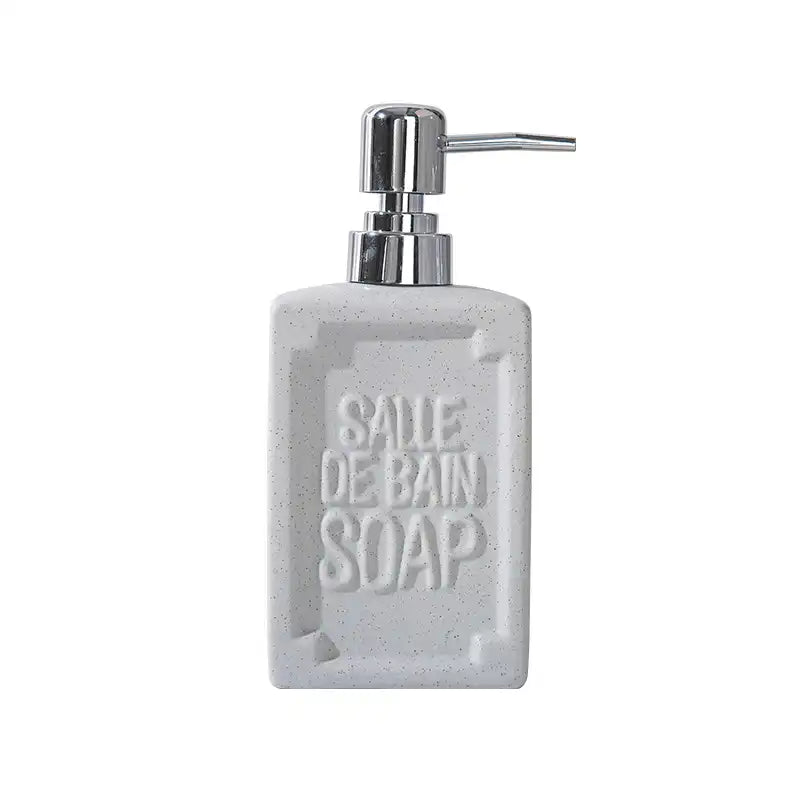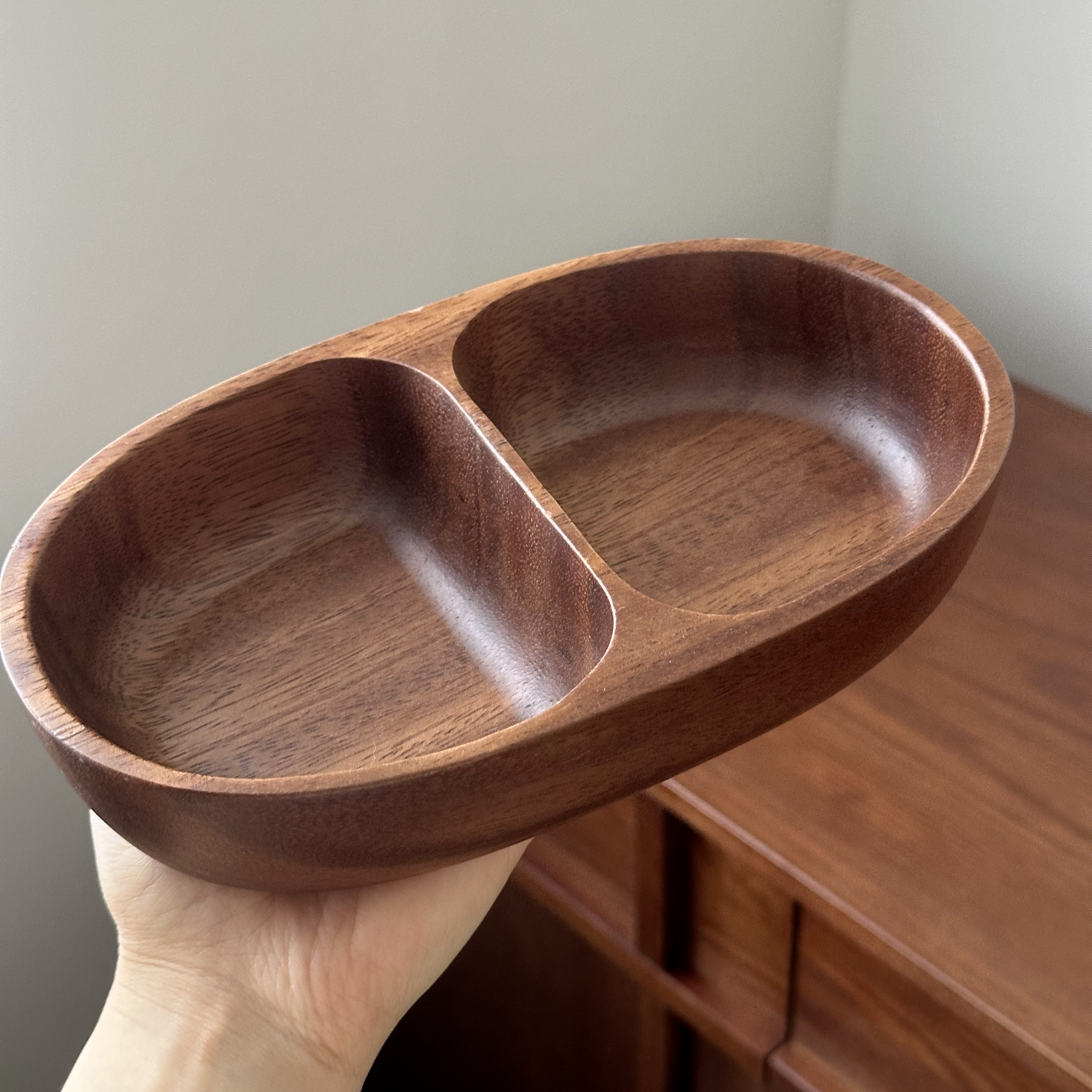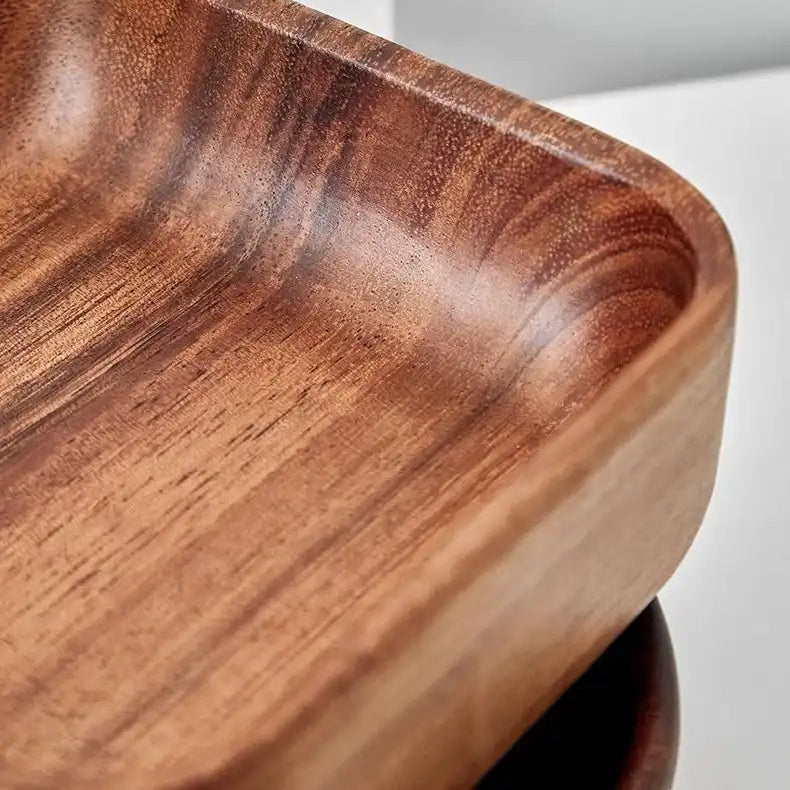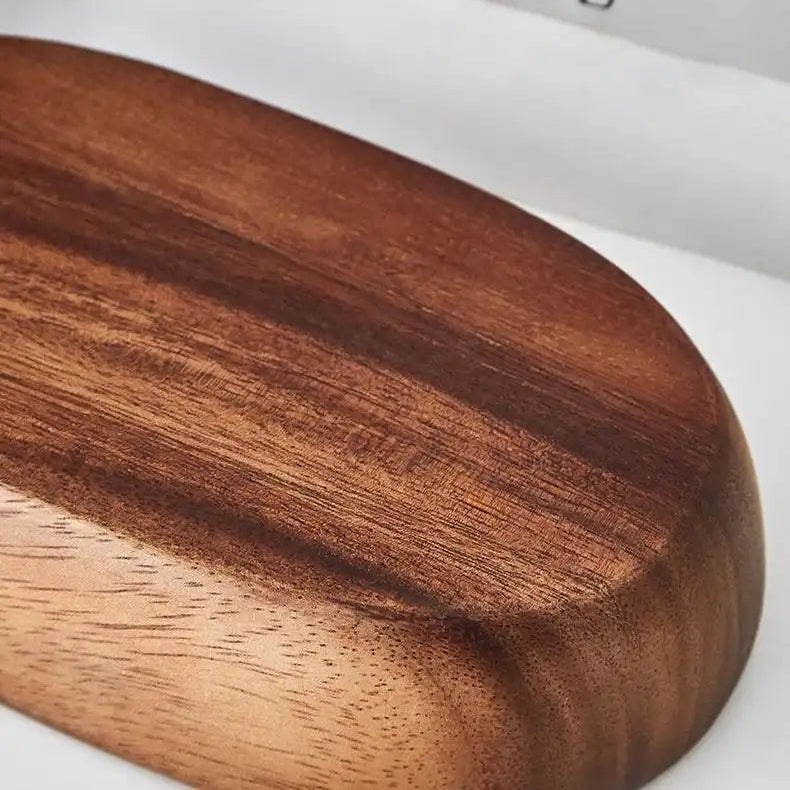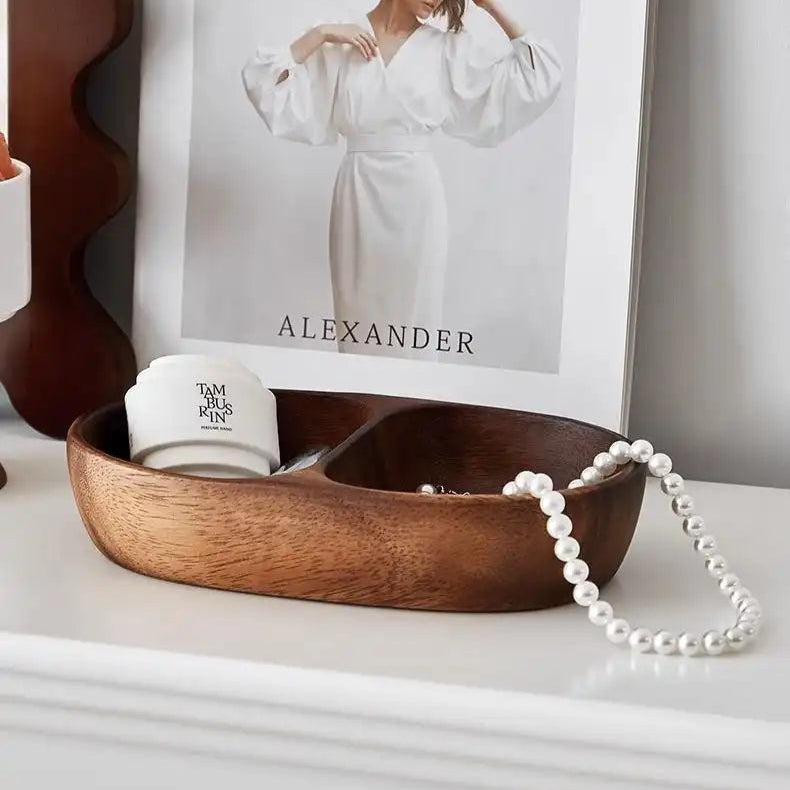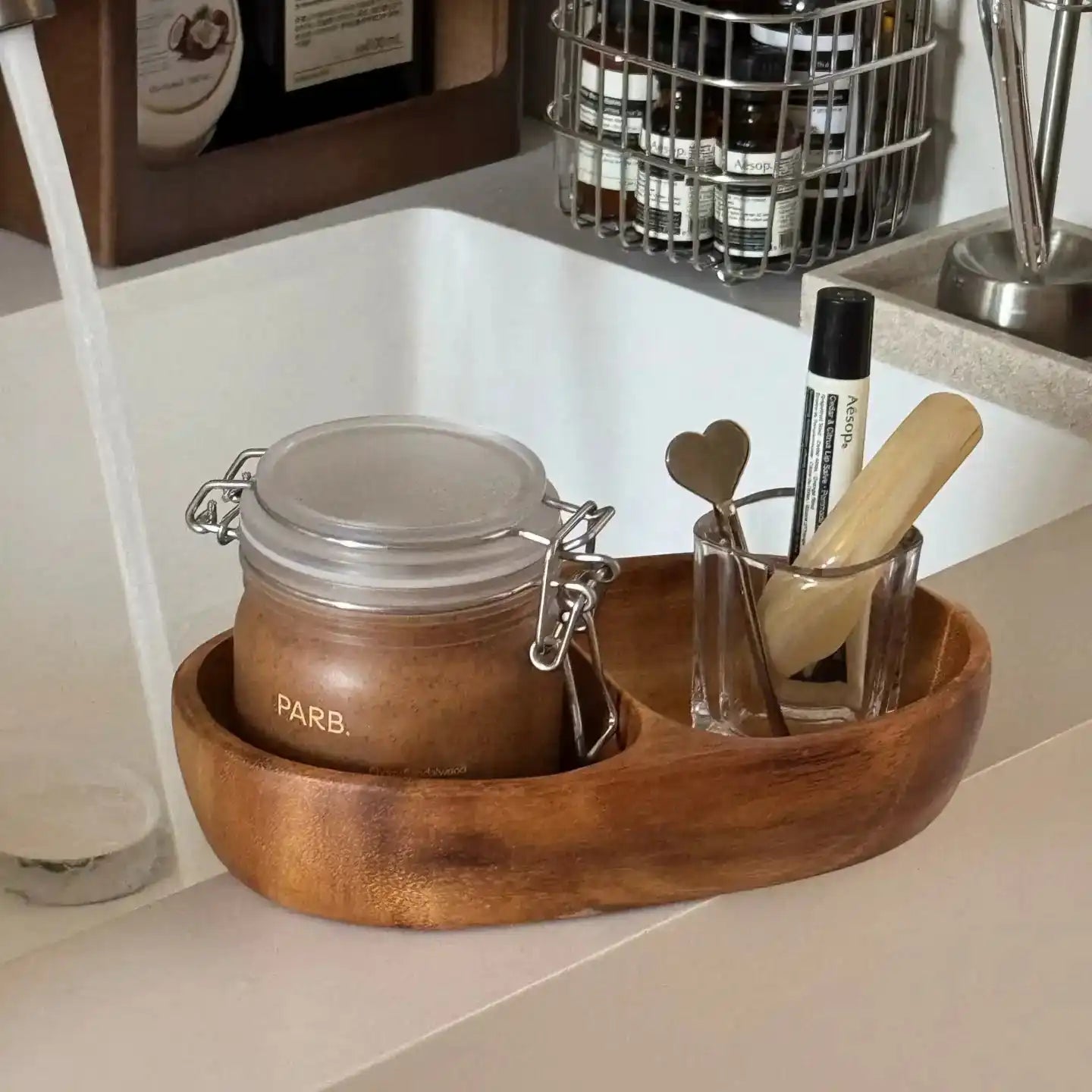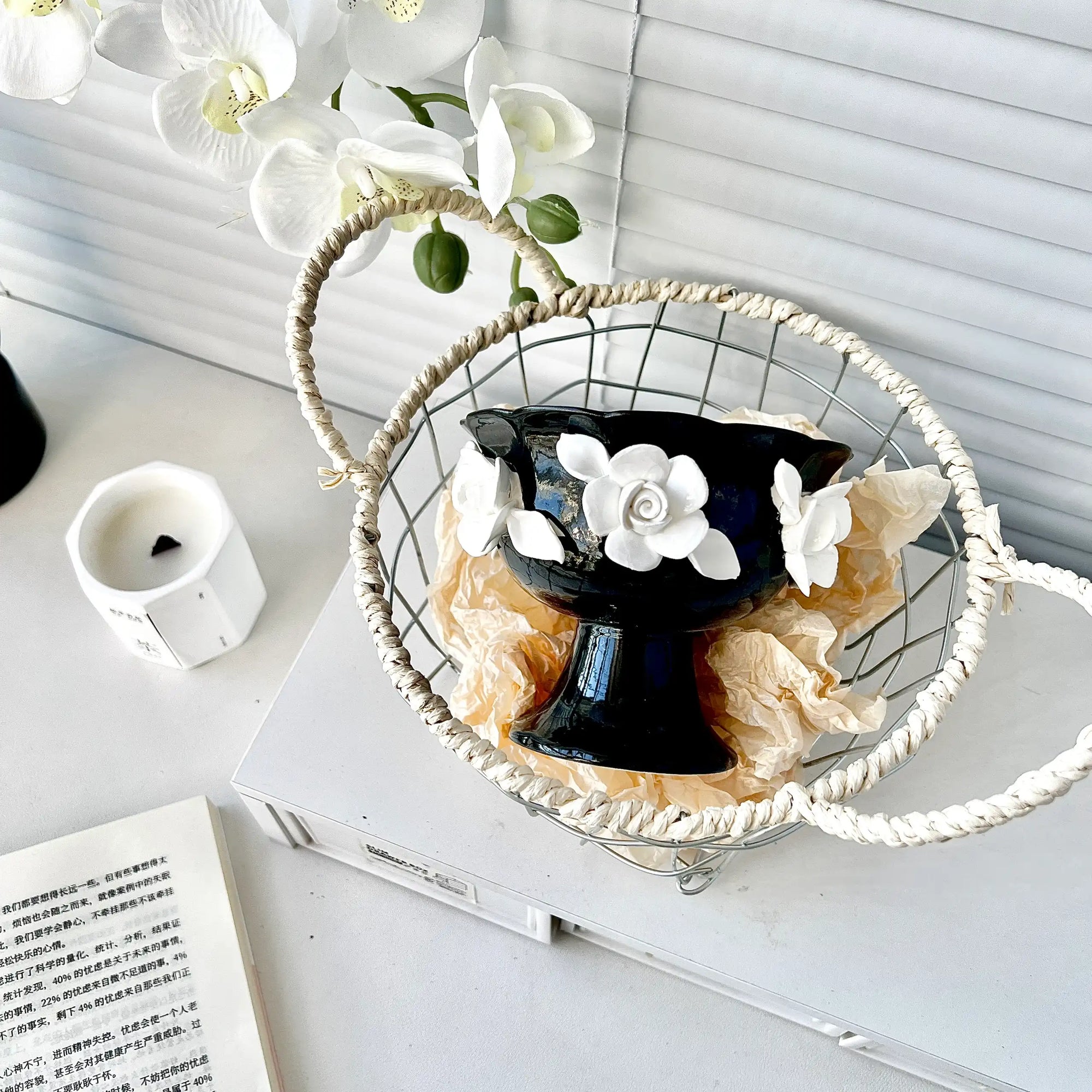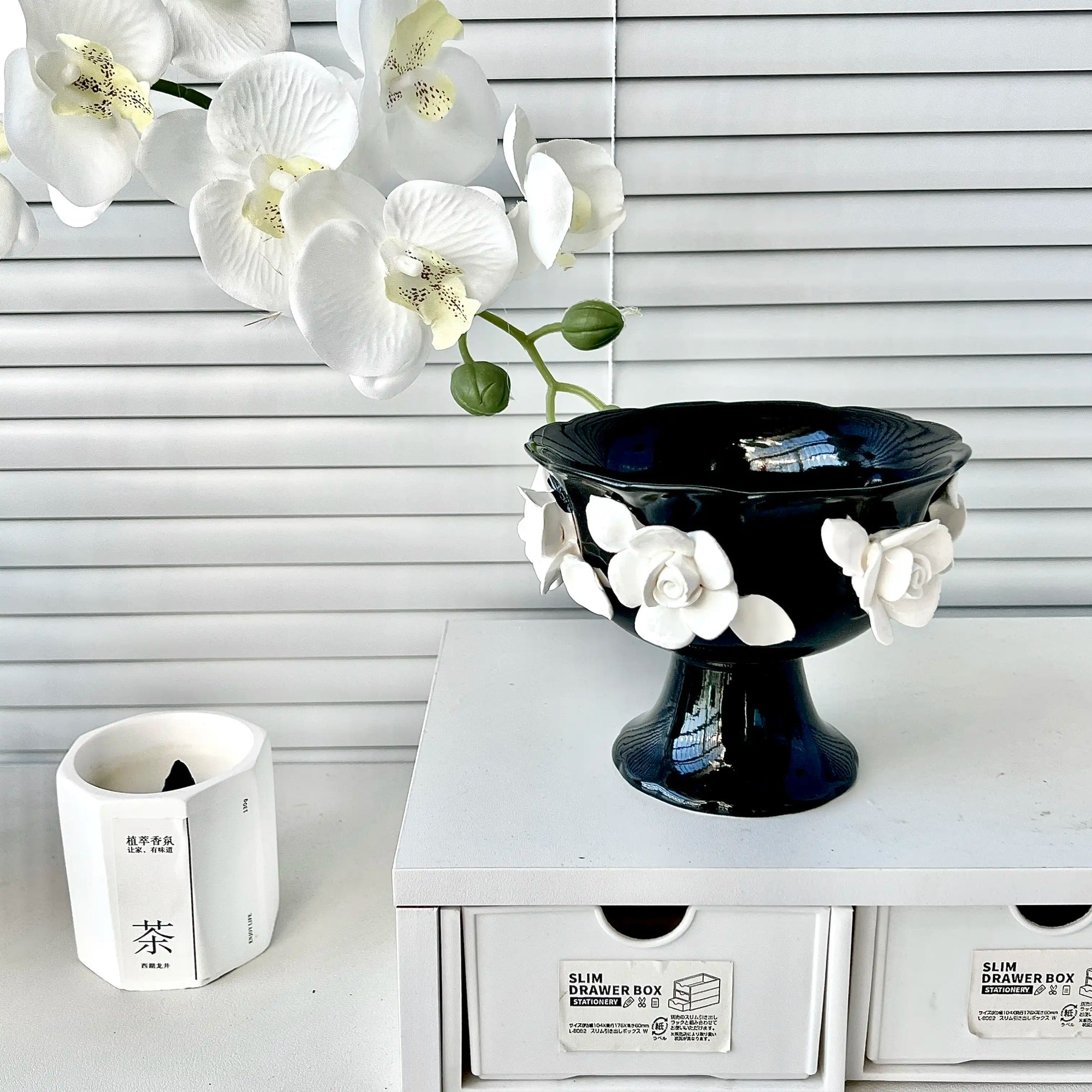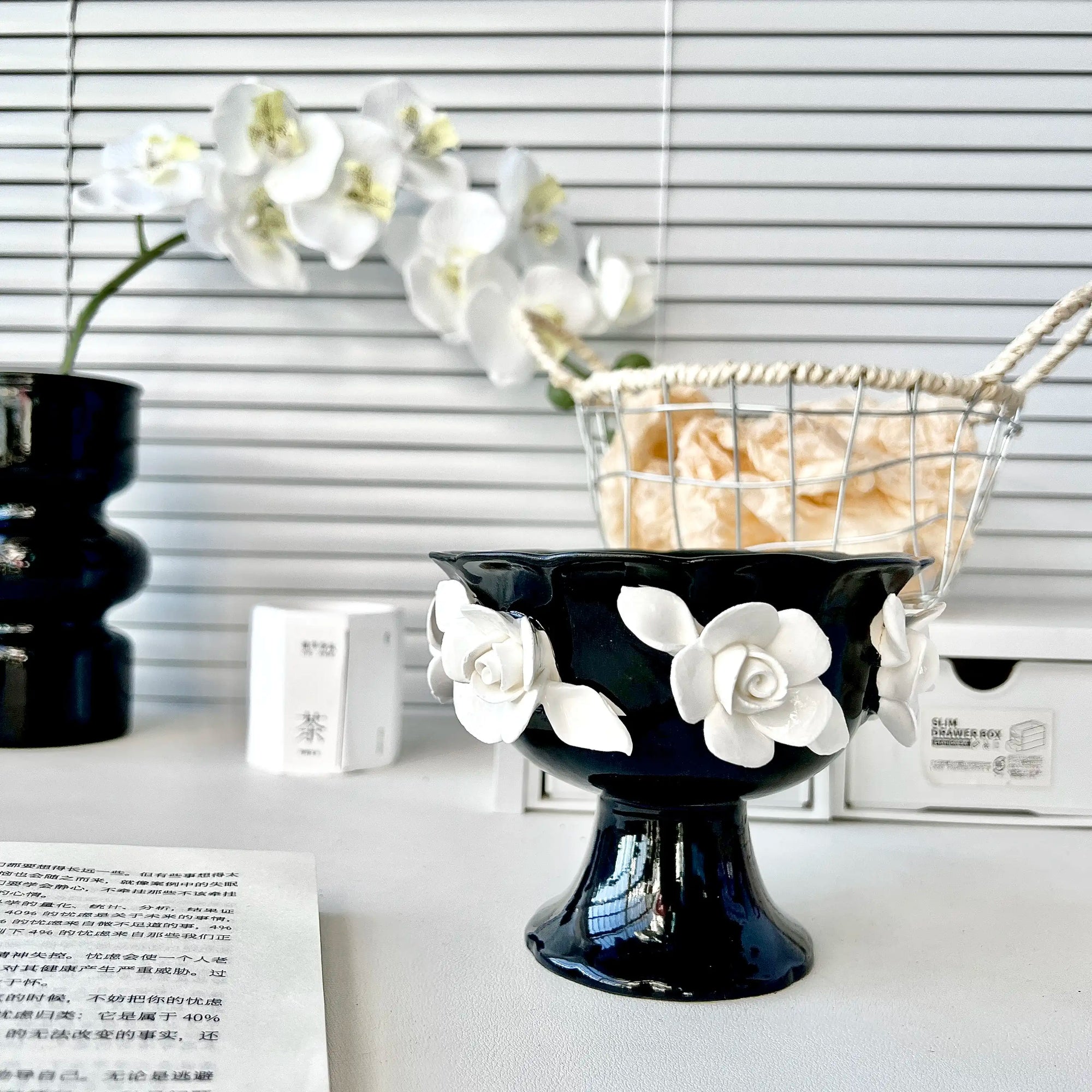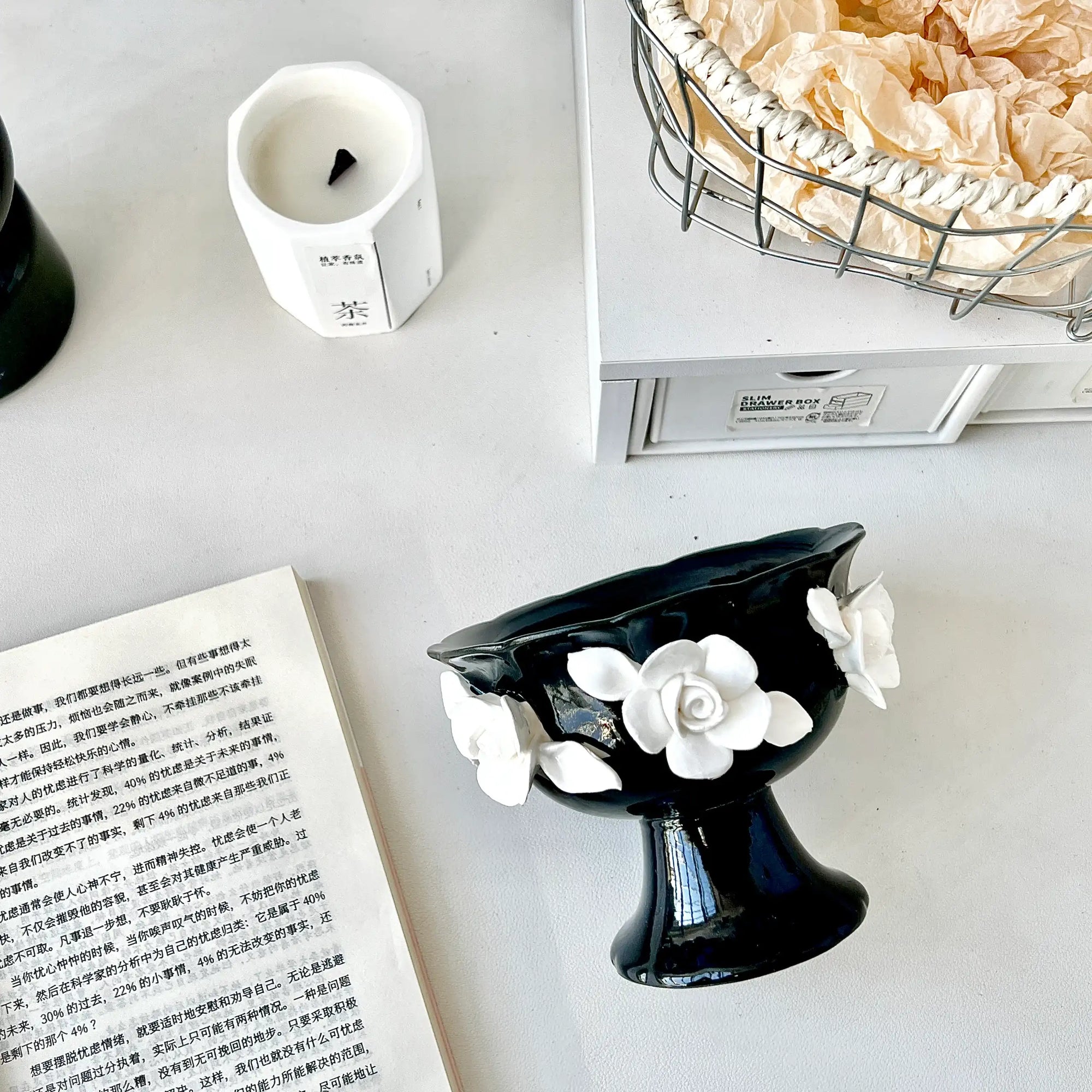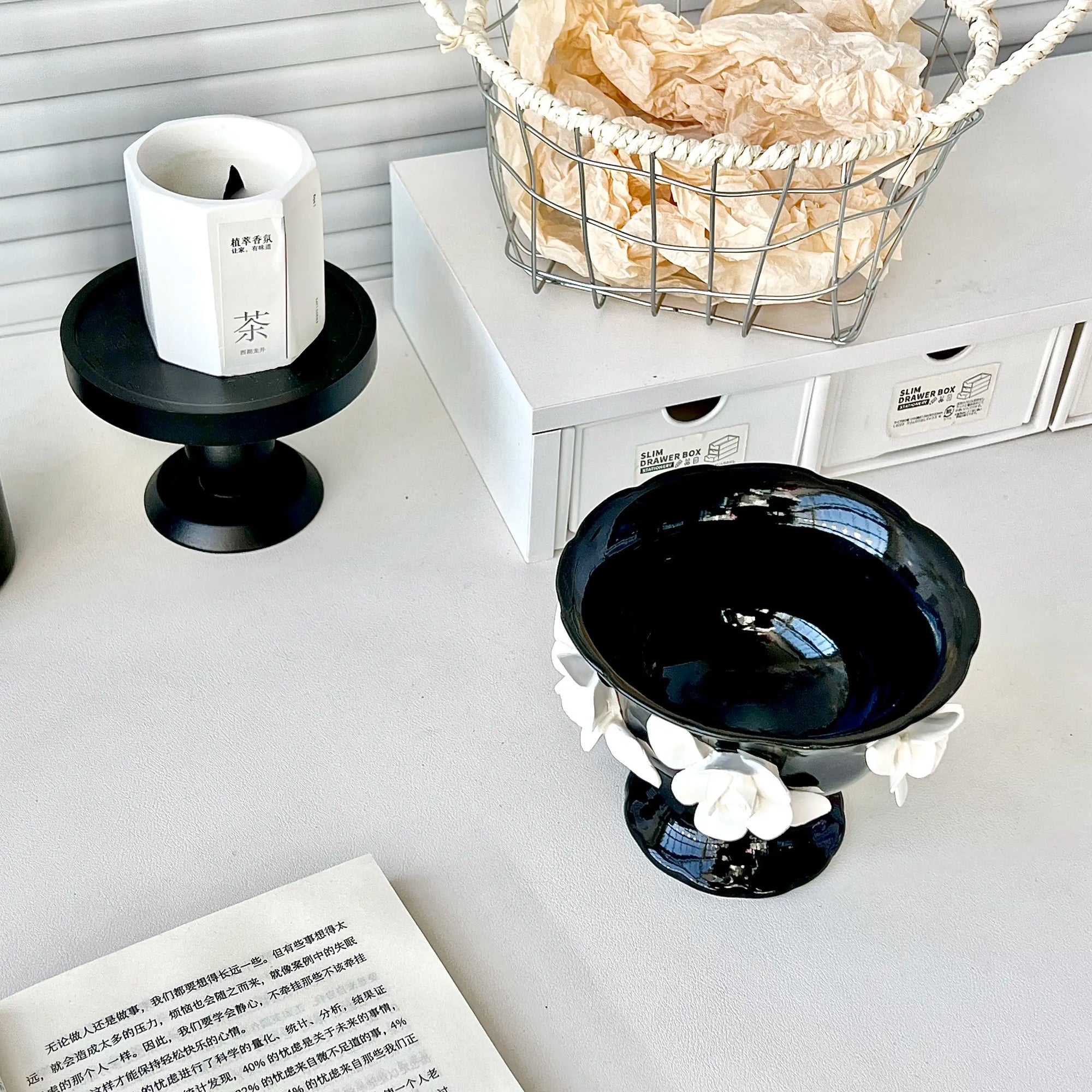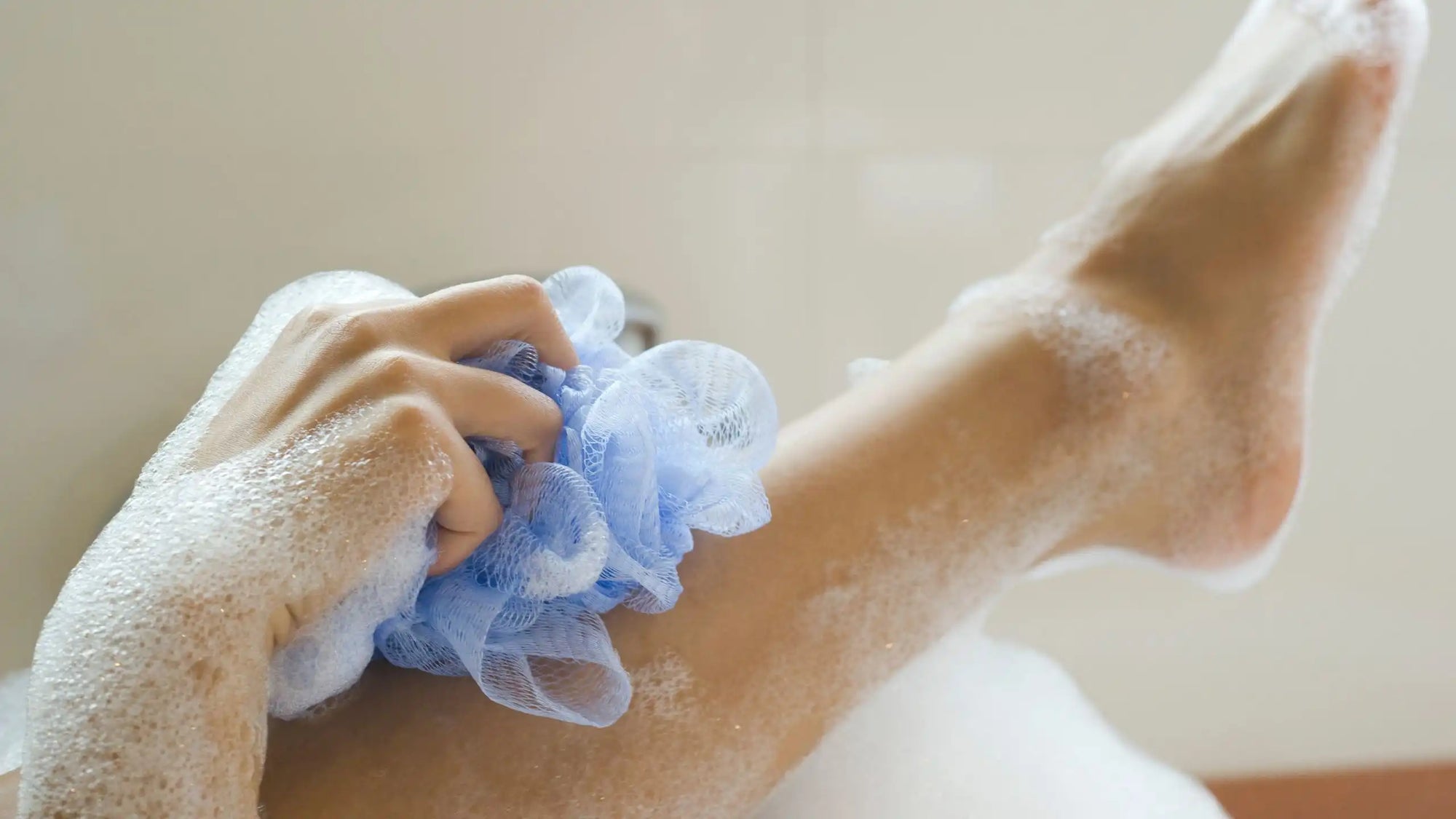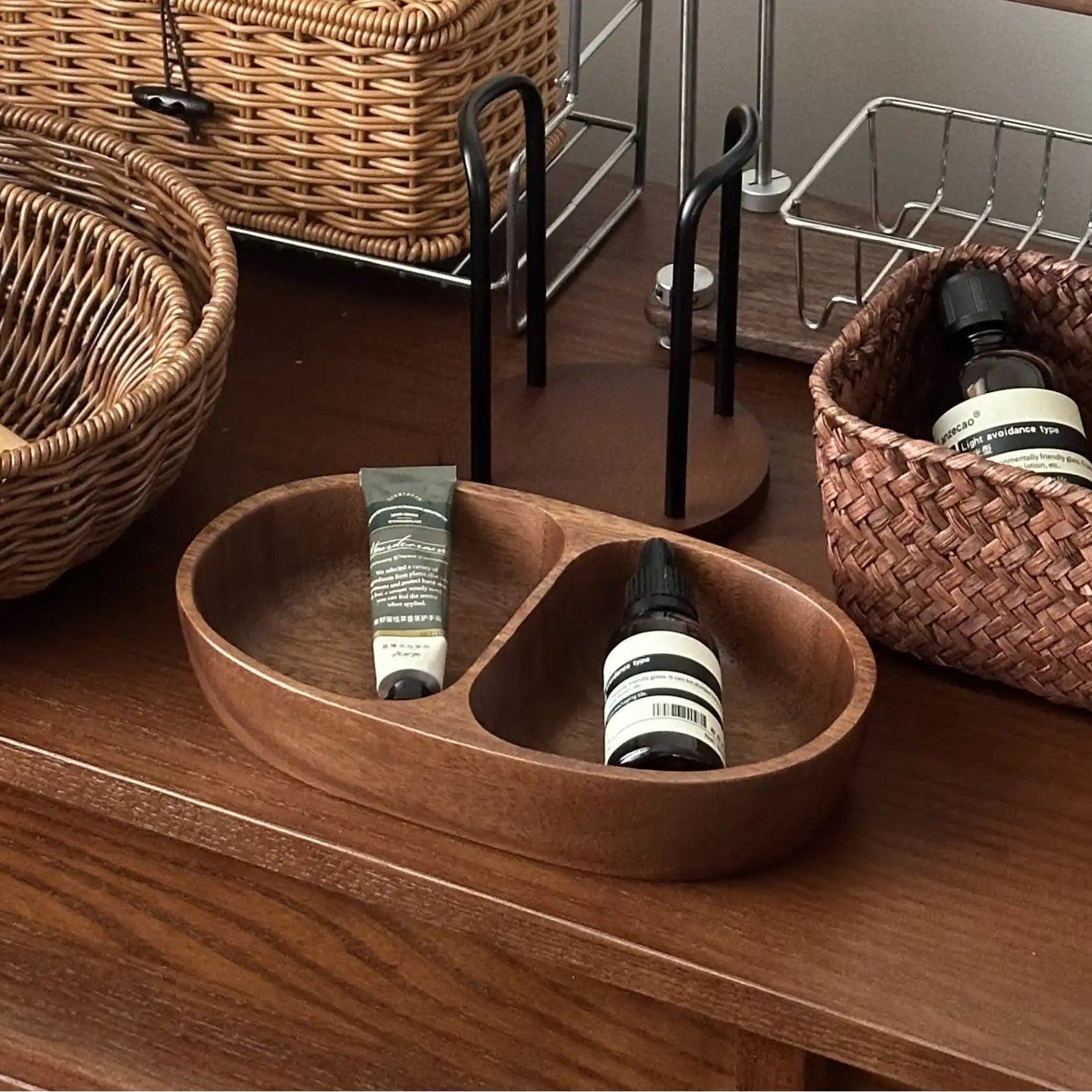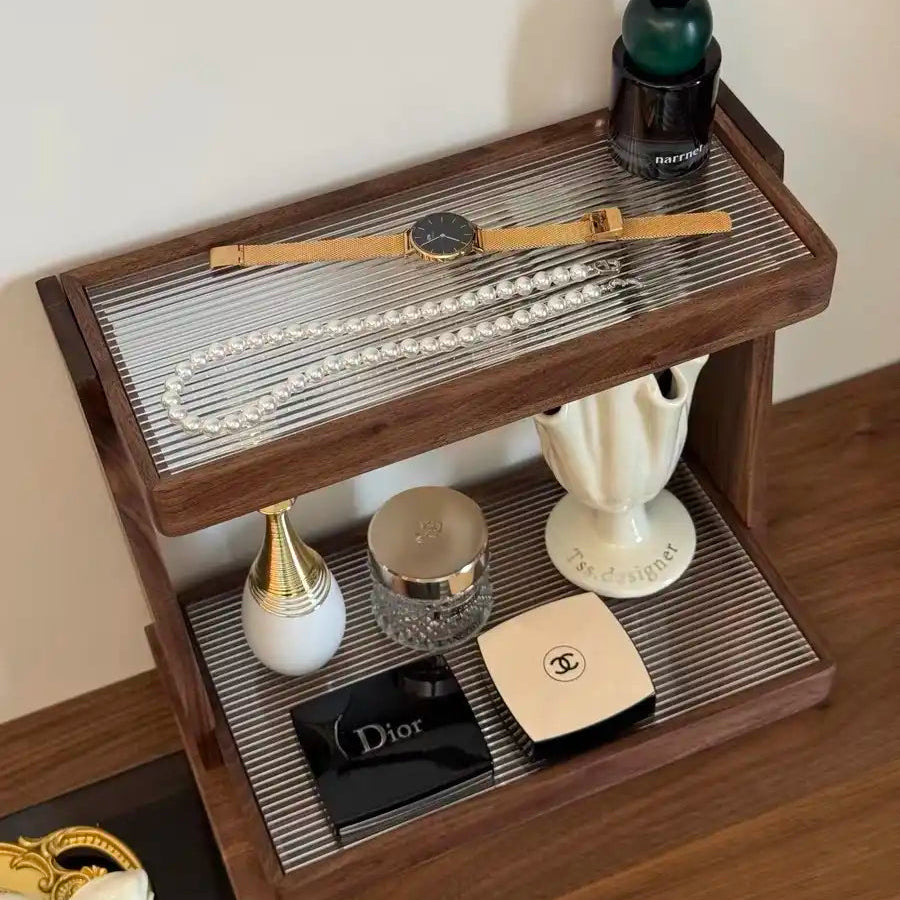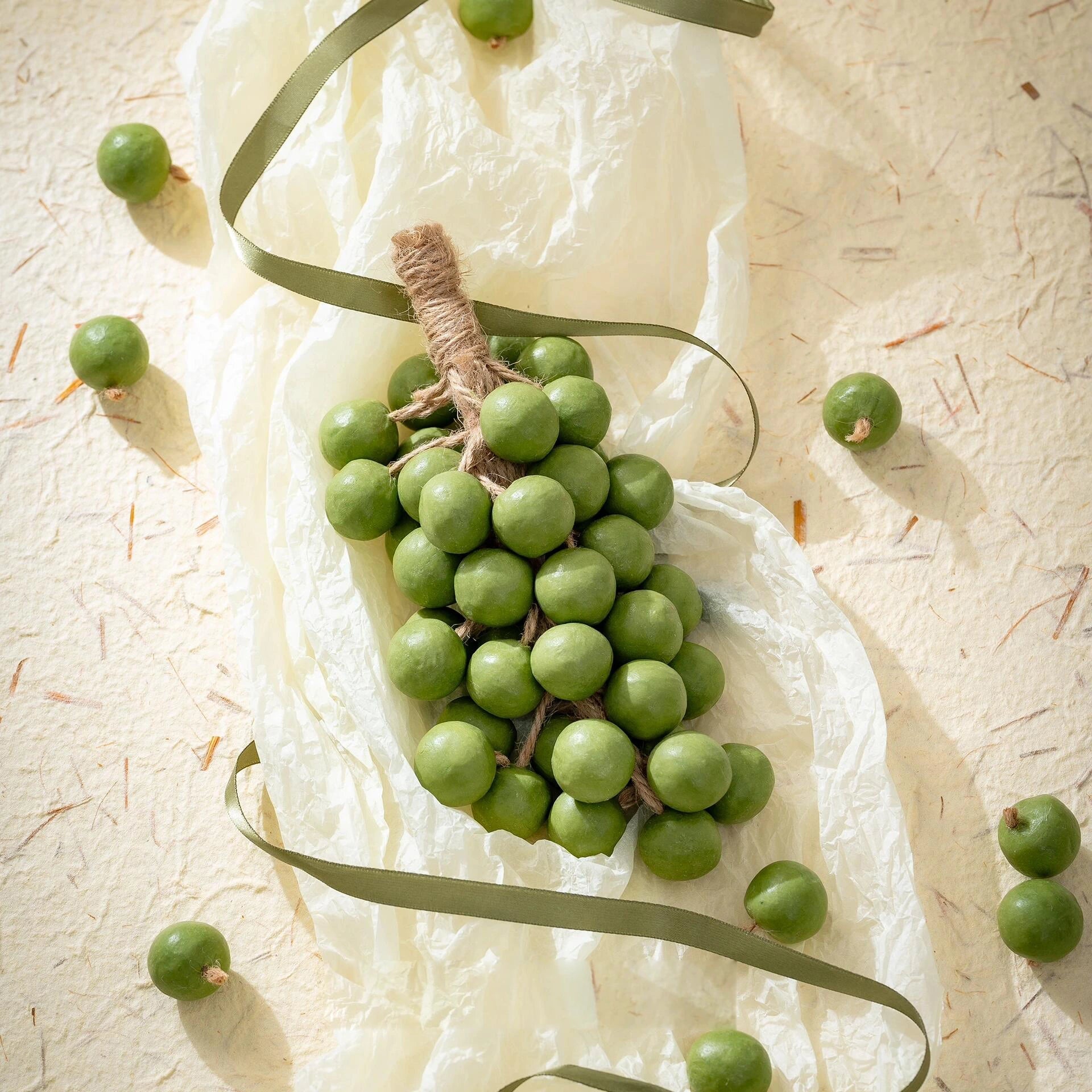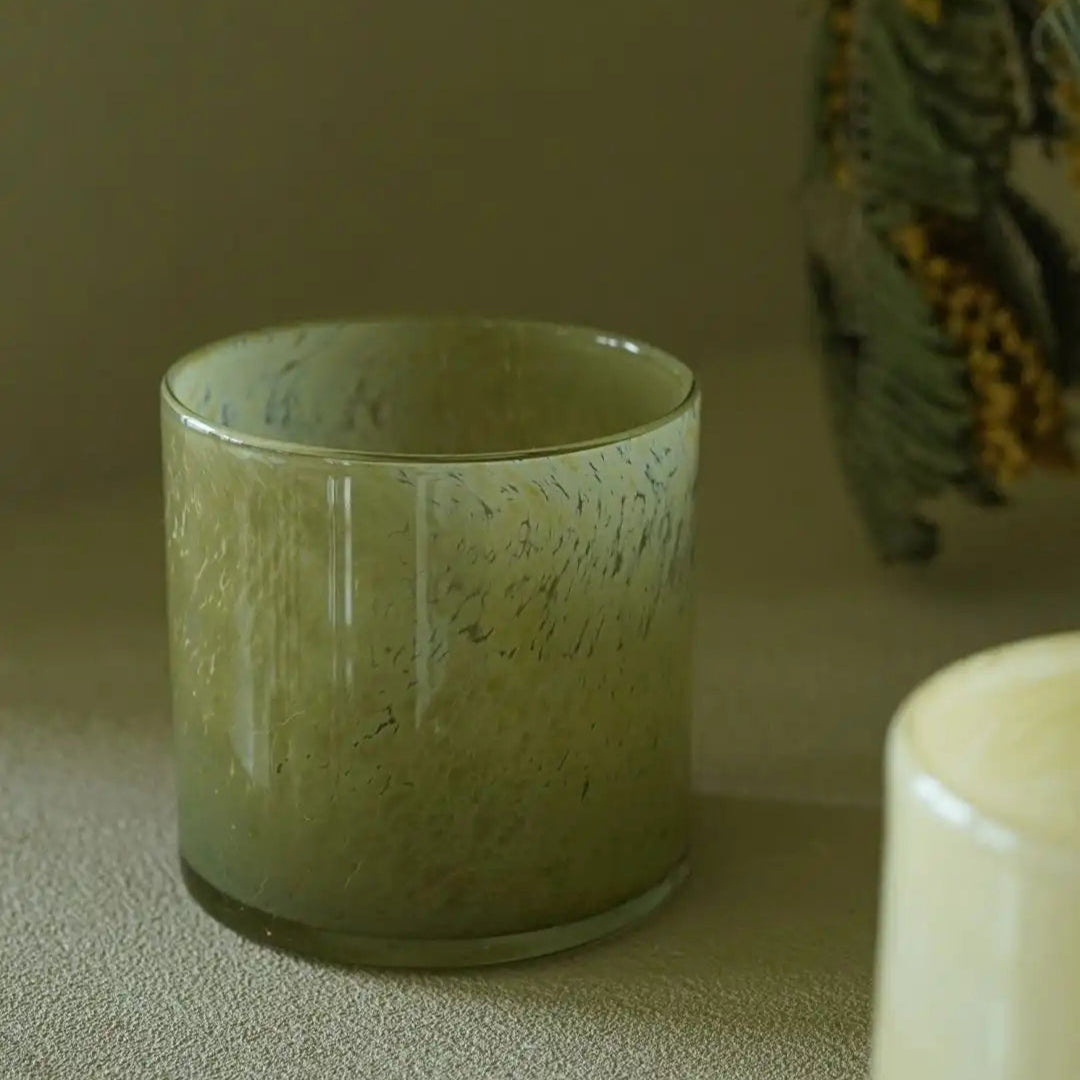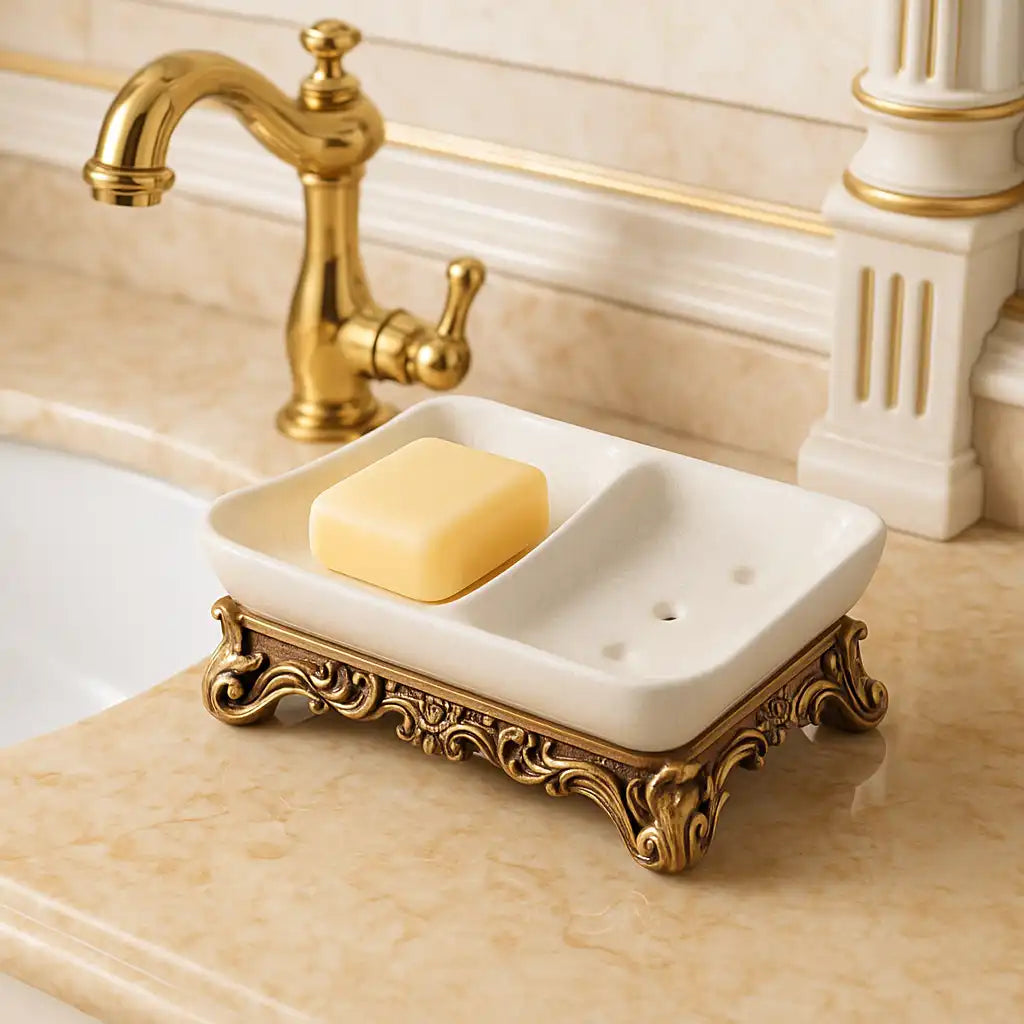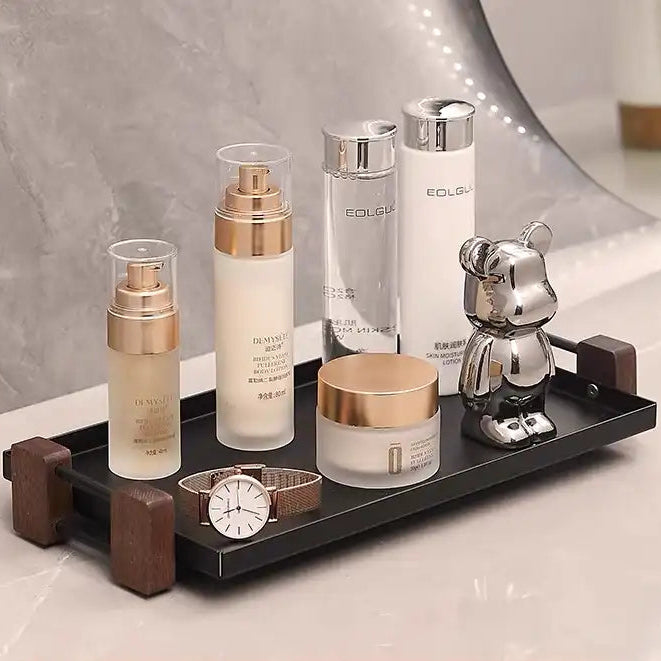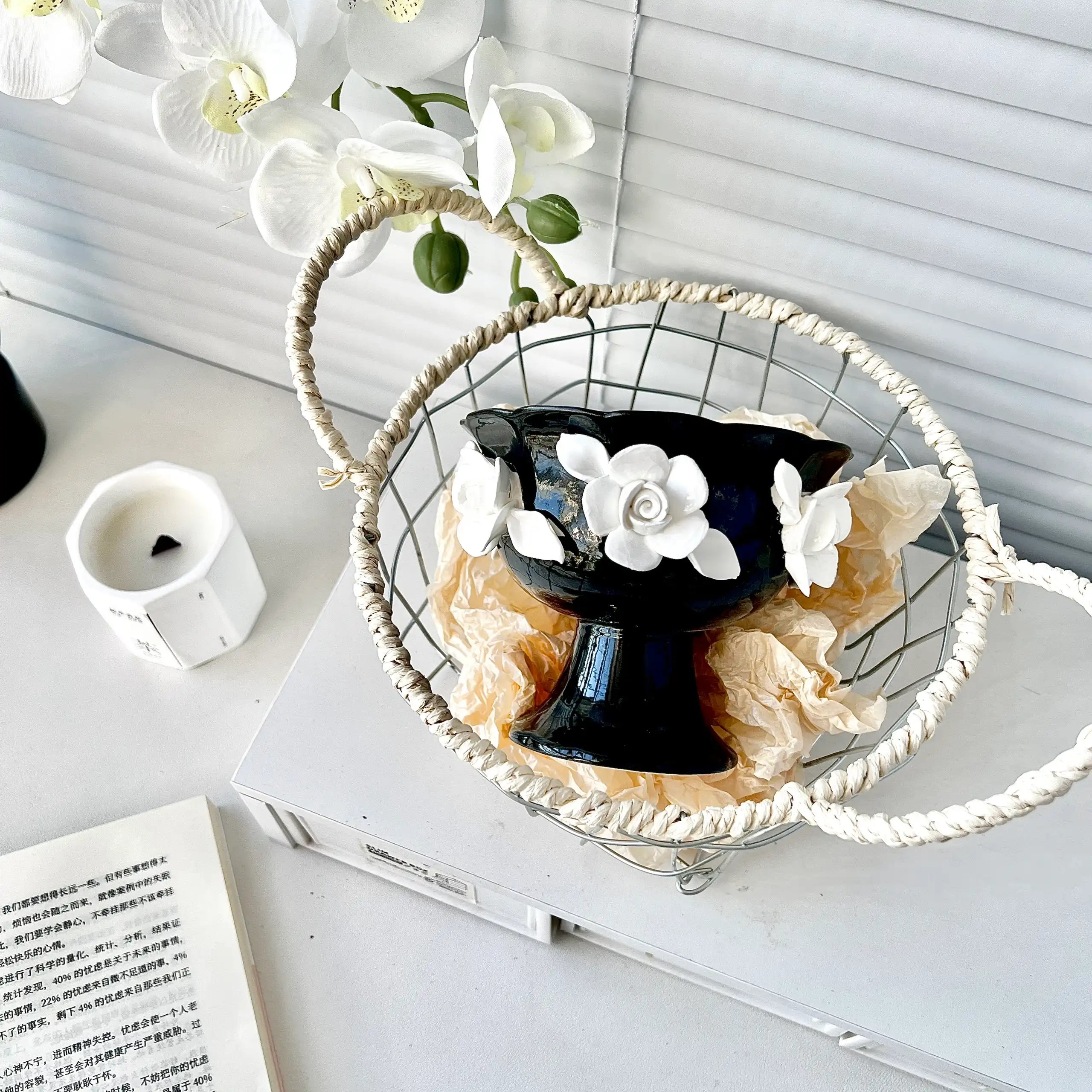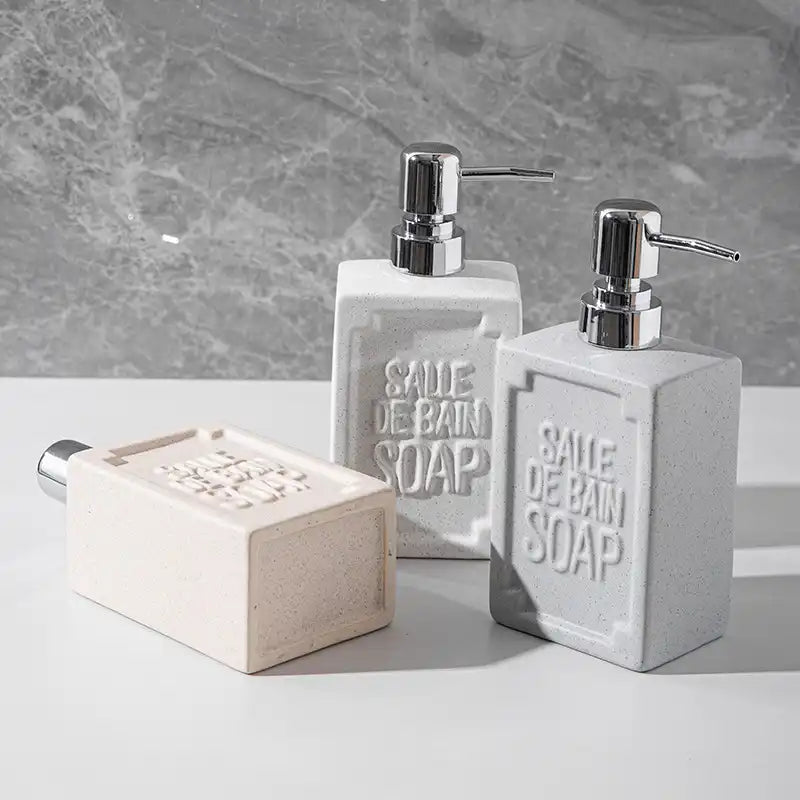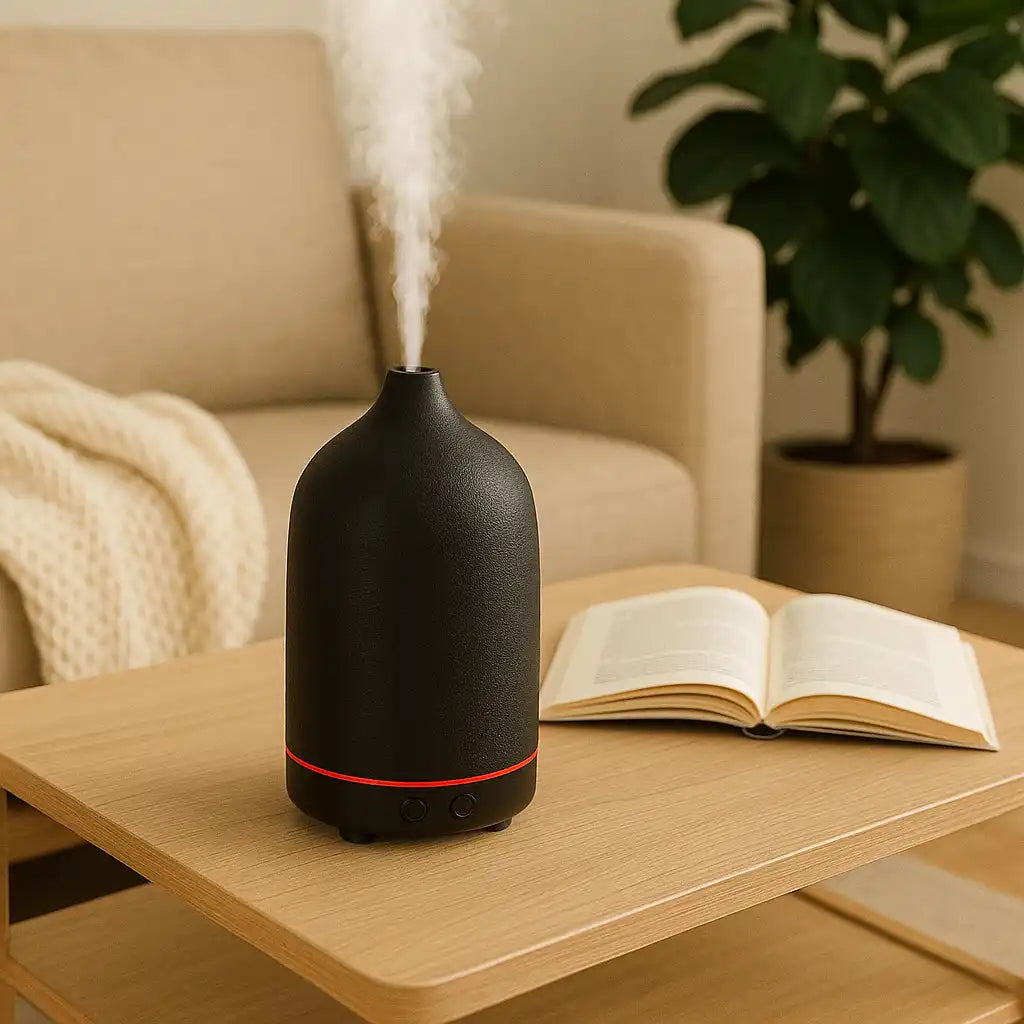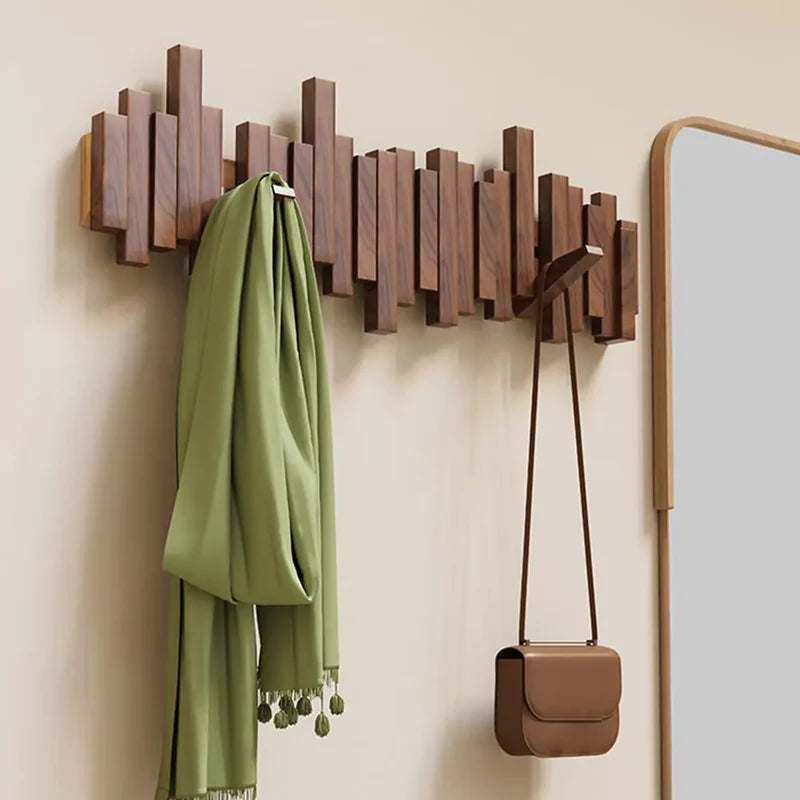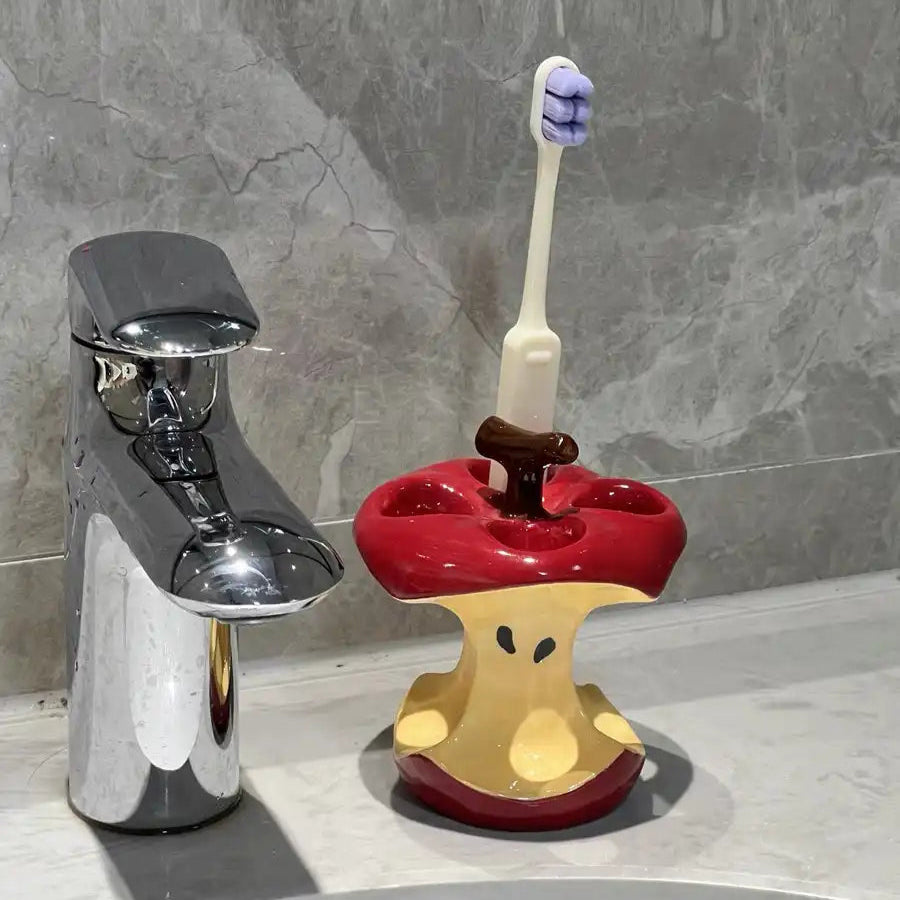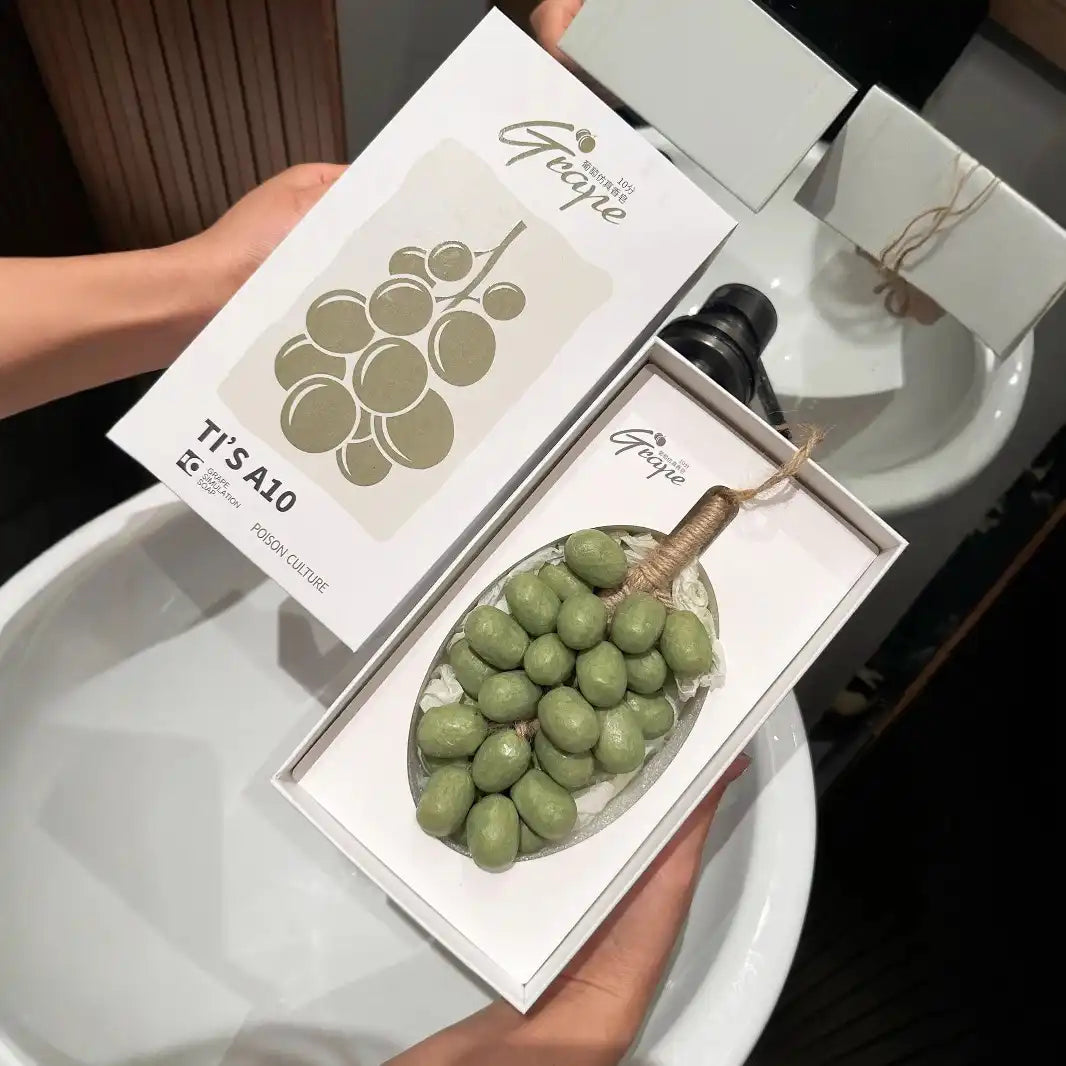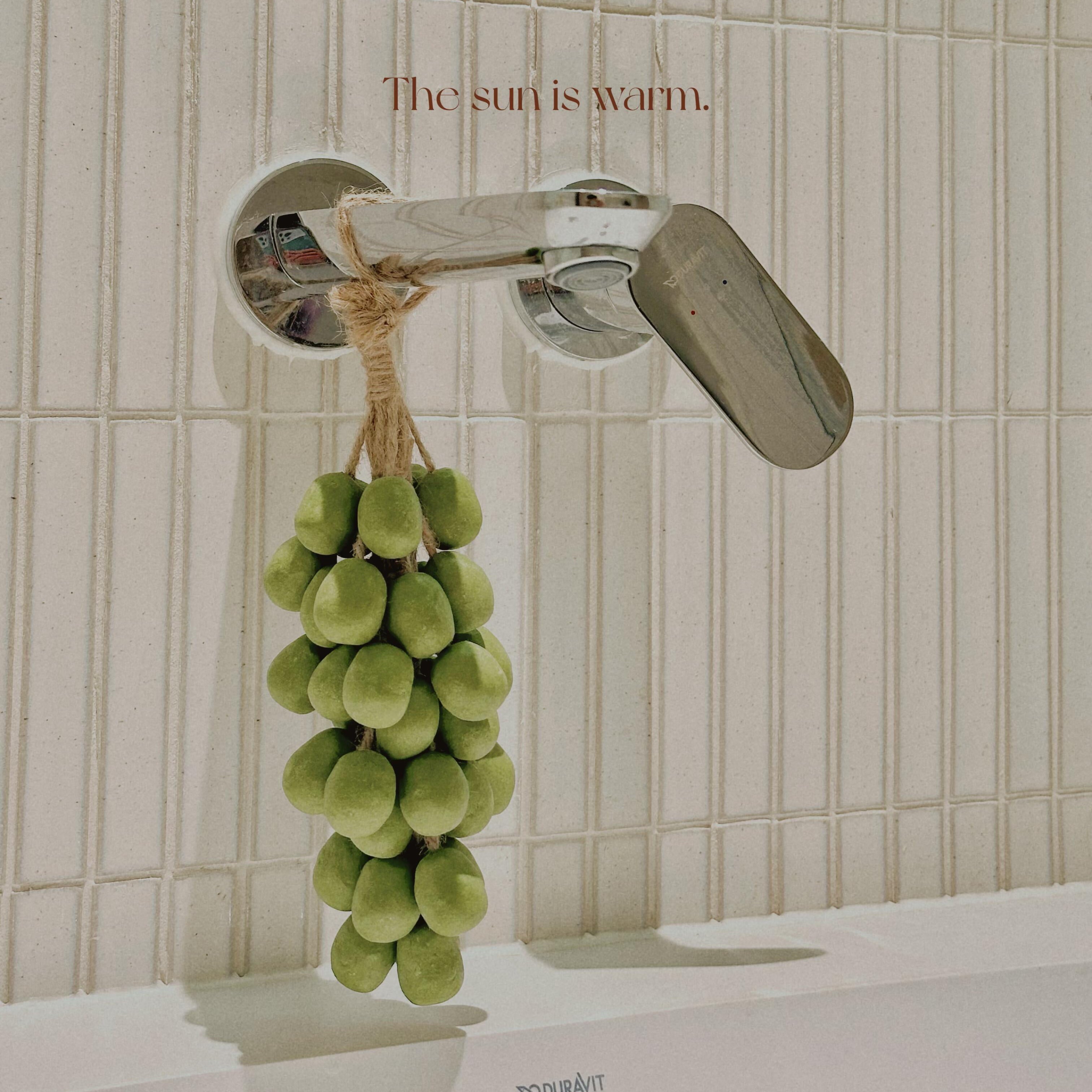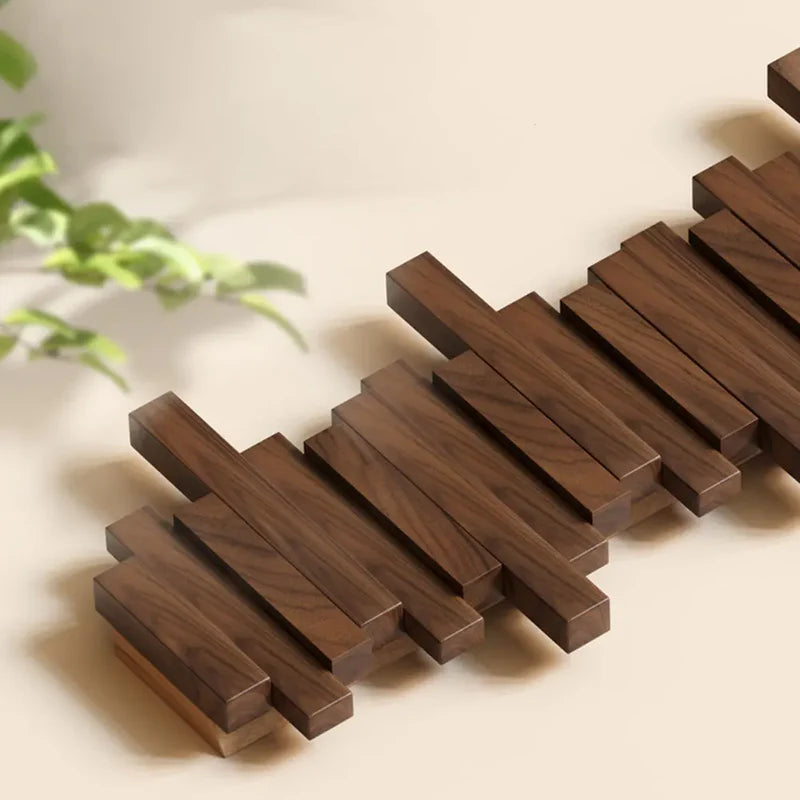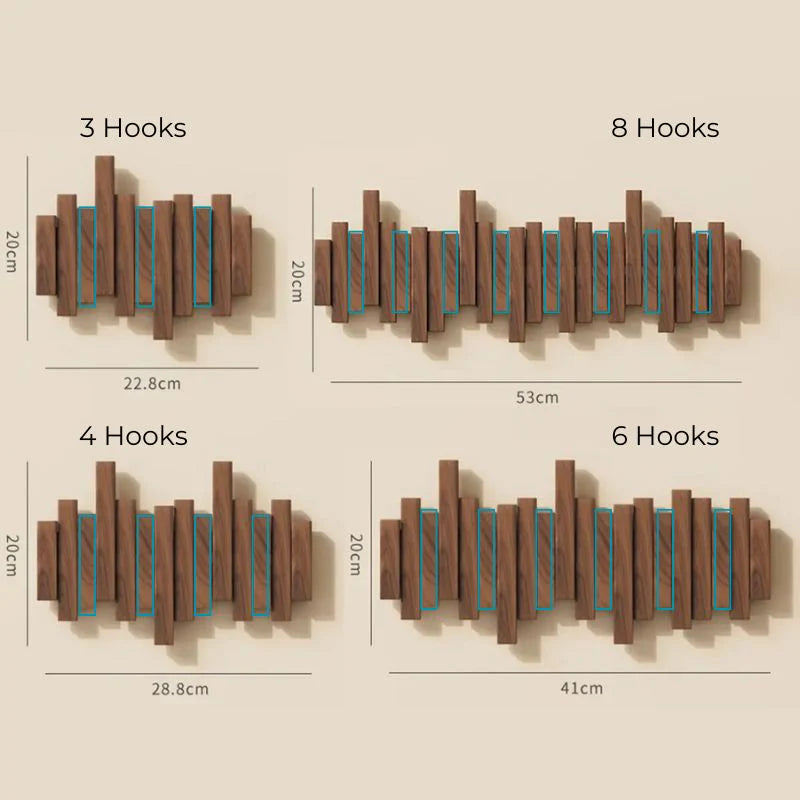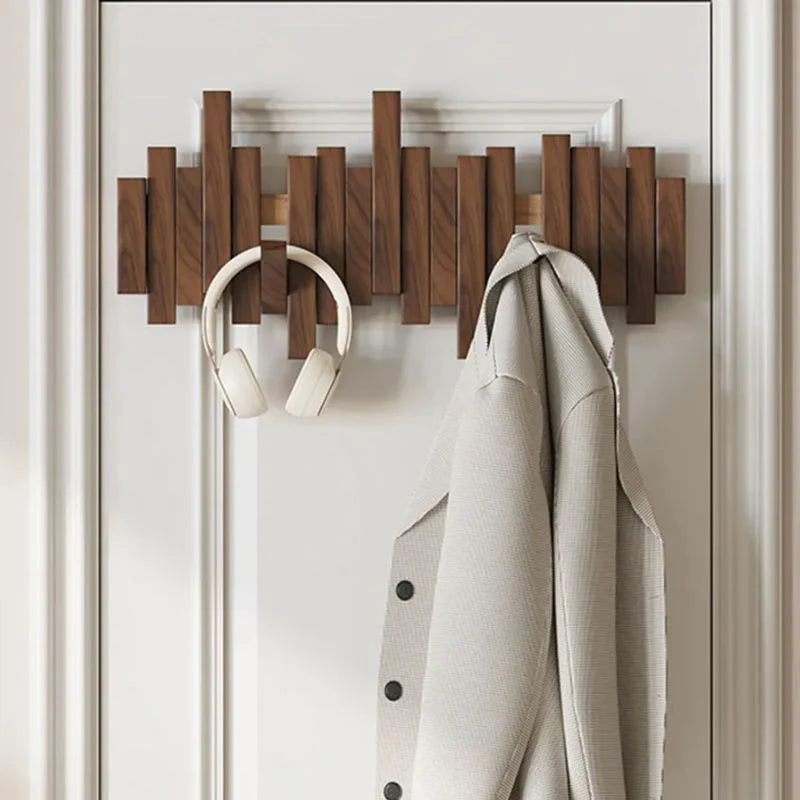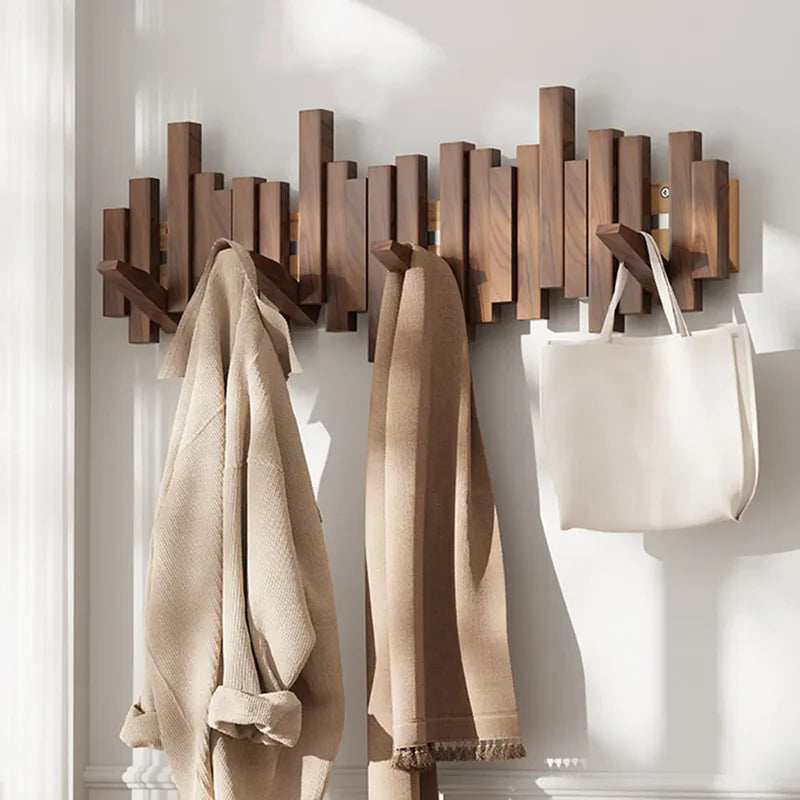Table of Contents
- 1. Itchy Skin and Clogged Pores? Your Loofah Might Be to Blame
- 2. How Often Should You Replace Your Loofah? Expert Advice You Need
- 3. Loofah Care Tips: Clean Doesn’t Mean Forever
- 4. Forgetful About Replacing? Try Smarter Alternatives
- 5. How Often Should You Replace Your Loofah—Style Matters Too
- 6. Better Hygiene Starts With Better Habits
- 7. Conclusion
- 8. FAQ
- 9. Related Articles
Introduction
The dirtiest thing in your bathroom, perhaps, is not the toilet—but that seemingly “fine-looking” loofah.
You may take a thorough bath every day, pick the right body lotion, scented shower gel, and soft towel. You may even replace your toothbrush regularly. But there's one essential hygiene detail you might be overlooking: how often should you replace your loofah?
The foam ball or loofah you’ve hung on the shower rod might have accompanied you through an entire season. It hasn’t changed color or gone bad—but is it still safe?
According to 2022 research published in the Journal of Clinical Microbiology, loofahs used for over three weeks can harbor up to 170 million bacterial units per square centimeter, including dangerous pathogens like Staphylococcus aureus and Pseudomonas aeruginosa.
These organisms are hidden in what you trust to “clean” your body and can enter your pores with every hot shower. That’s why understanding how often should you replace your loofah is more than a casual hygiene tip—it’s a skin health priority.

1. Itchy Skin and Clogged Pores? Your Loofah Might Be to Blame
Most people blame breakouts or irritation on skincare products, water quality, or diet—but rarely consider their loofah. The truth is, loofahs have a loose, porous structure that traps dead skin, oil, and soap residue. In a moist, poorly ventilated bathroom, this becomes a paradise for bacteria and fungi.
Dermatologist Dr. Debra Jaliman stated in a 2023 interview:
“Loofahs are often kept in moist, enclosed environments where bacteria thrive. When people keep them for too long, they become more harmful than helpful.”
Especially in hard-to-clean areas like your back, armpits, and neck, an old loofah can cause acne, folliculitis, itching, and even fungal infections. What you think is helping you clean might actually be contaminating your skin.
So let’s ask the question again—how often should you replace your loofah, really?
2. How Often Should You Replace Your Loofah? Expert Advice You Need
Many people don’t think about replacing their loofah until it turns yellow, stiff, or smelly. But by then, it’s already full of bacteria.
Here’s the expert advice on how often should you replace your loofah:
- Synthetic loofahs or bath sponges: Every 3–4 weeks
- Natural loofah sponges: Every 2–3 weeks
- Travel-size bath sponge: After one-time use
A 2022 survey by the International Sanitation and Hygiene Association (ISSA) showed that over 60% of consumers wait more than 8 weeks before replacing their loofah—more than double the safe period for skin health.
To stay safe, build a monthly habit. Choose a set date—like the first of every month—to replace your toothbrush, towel, and yes, your loofah. That way, how often should you replace your loofah becomes a part of your health routine. And while you’re optimizing your shower routine, don’t miss this guide on how long you should take a shower to protect your skin from overwashing.
3. Loofah Care Tips: Clean Doesn’t Mean Forever
Even if you know how often should you replace your loofah, keeping it clean between uses is equally important. Replacement is your first line of defense; care is your second.
Here’s how to keep your loofah hygienic:
- Rinse thoroughly with water after each use
- Shake out excess water
- Hang in a well-ventilated area, never in a sealed container or wet soap dish
-
Disinfect weekly using one of these methods:
- Soak in a 1:10 diluted bleach solution for 5 minutes
- Or soak in hot water mixed with white vinegar
To take your self-care up a notch, try adding a shower steamer for a spa-like boost to your daily wash.
Avoid placing it in the dryer or near high heat—it can warp the structure or damage the fibers.
If you know you’ll forget to clean it regularly, then it’s even more critical to remember how often should you replace your loofah. Or consider some smarter alternatives.
4. Forgetful About Replacing? Try Smarter Alternatives
For people who forget how often should you replace your loofah, or simply want lower-maintenance tools, there are great alternatives.
Here are some of the best:
- Silicone bath brush: Easy to rinse, fast-drying, and bacteria-resistant. Google Trends showed that searches for “silicone shower brush” rose by 34% in 2023.
- Superfine microfiber towels or baby face cloths: Gentle, washable, and perfect for dry or sensitive skin.
- Bamboo fiber or linen washcloths: Breathable, eco-friendly, and machine washable—great for natural-living households.
Even with these options, don’t forget: how often should you replace your loofah or its alternatives still matters. Set a regular reminder—your skin will thank you. And if you prefer thoughtful, skin-friendly ingredients, learn more about how handmade soap is crafted with care.
5. How Often Should You Replace Your Loofah—Style Matters Too
If you're renovating your bathroom or refining your self-care space, don't overlook your loofah’s aesthetic.
Here’s how to match it with your decor:
- Minimalist style: Gray or black silicone brushes, paired with matte tiles and sleek metal fixtures
- Natural spa style: Brown natural loofah, wooden soap tray, and linen towels for a calming vibe
- Urban luxury: Elegant bath sponges in neutral tones, aromatic candles, and brushed steel hooks
In this context, how often should you replace your loofah becomes more than hygiene—it’s part of your design ethos. Looking to elevate more than your loofah? A trinket dish can add beauty and storage to your bathroom or vanity.
6. Better Hygiene Starts With Better Habits
How often should you replace your loofah? It’s not just a question—it’s a lifestyle indicator.
You already replace your toothbrush and wash your sheets. Why ignore something that touches your entire body every day?
Start today:
- Check: Has your loofah been in use for over 4 weeks?
- Set a reminder: Replace it monthly, just like you do with other personal care tools
- Choose: Tools that match your skin needs and personal style
Let how often should you replace your loofah guide you toward better habits, better skin, and a better bathroom experience. While you're upgrading your habits, consider switching to artisan handmade soap for a cleaner, gentler alternative.

Conclusion
Replacing your loofah regularly is a small habit that makes a big difference.
How often should you replace your loofah? Every few weeks—before it turns into a breeding ground for bacteria.
Clean tools mean healthier skin and better hygiene.
Set a reminder, choose the right products, and make this part of your self-care routine.
Start fresh—your skin will thank you.
FAQ
Q1: Can I use a loofah on my face?
No. Facial skin is thinner and more sensitive. Use a dedicated face brush or microfiber cloth instead of a loofah.
Q2: Can I share my loofah with family or my partner?
Definitely not. Skin microbiomes vary between individuals. Sharing a loofah increases the risk of cross-contamination.
Q3: How do I know when my loofah should be replaced?
If it smells bad, feels slimy, has changed color, or has a hardened texture—it's time to throw it out. Don’t wait.
Q4: What’s the best loofah option for travel?
Use a quick-drying silicone brush or disposable body wipes to avoid moisture buildup in sealed bags.
Q5: Can I wash my loofah in the washing machine?
Yes—but place it in a mesh laundry bag and use a gentle cold-water cycle. Avoid machine drying, which can damage the fibers.
Related Articles:
What Are the Different Types of Shower Heads
How to Give a Dog a Bath: A Guide to Upgrading Your Pet-Friendly Bathroom
How to Use a Shower Steamer: Easy Steps for a Spa-Like Shower Routine
